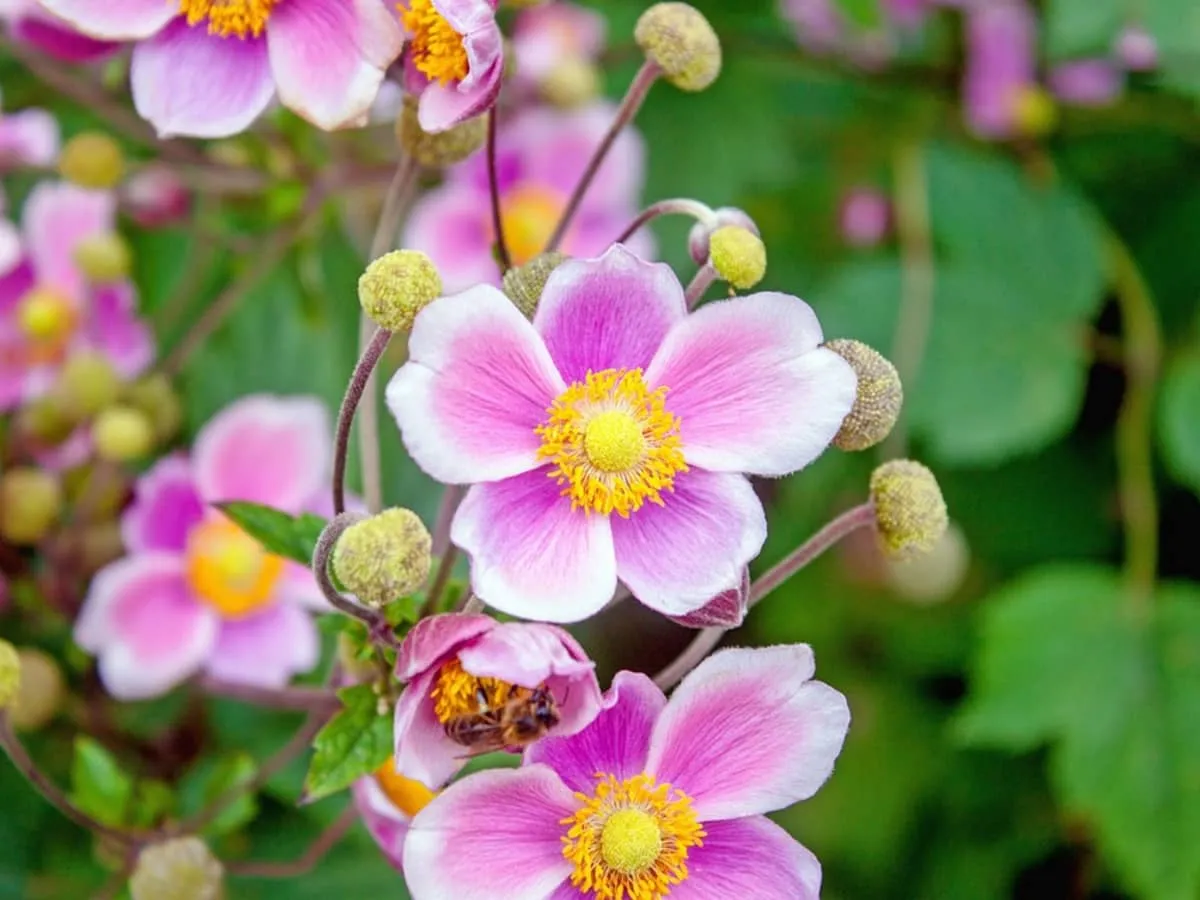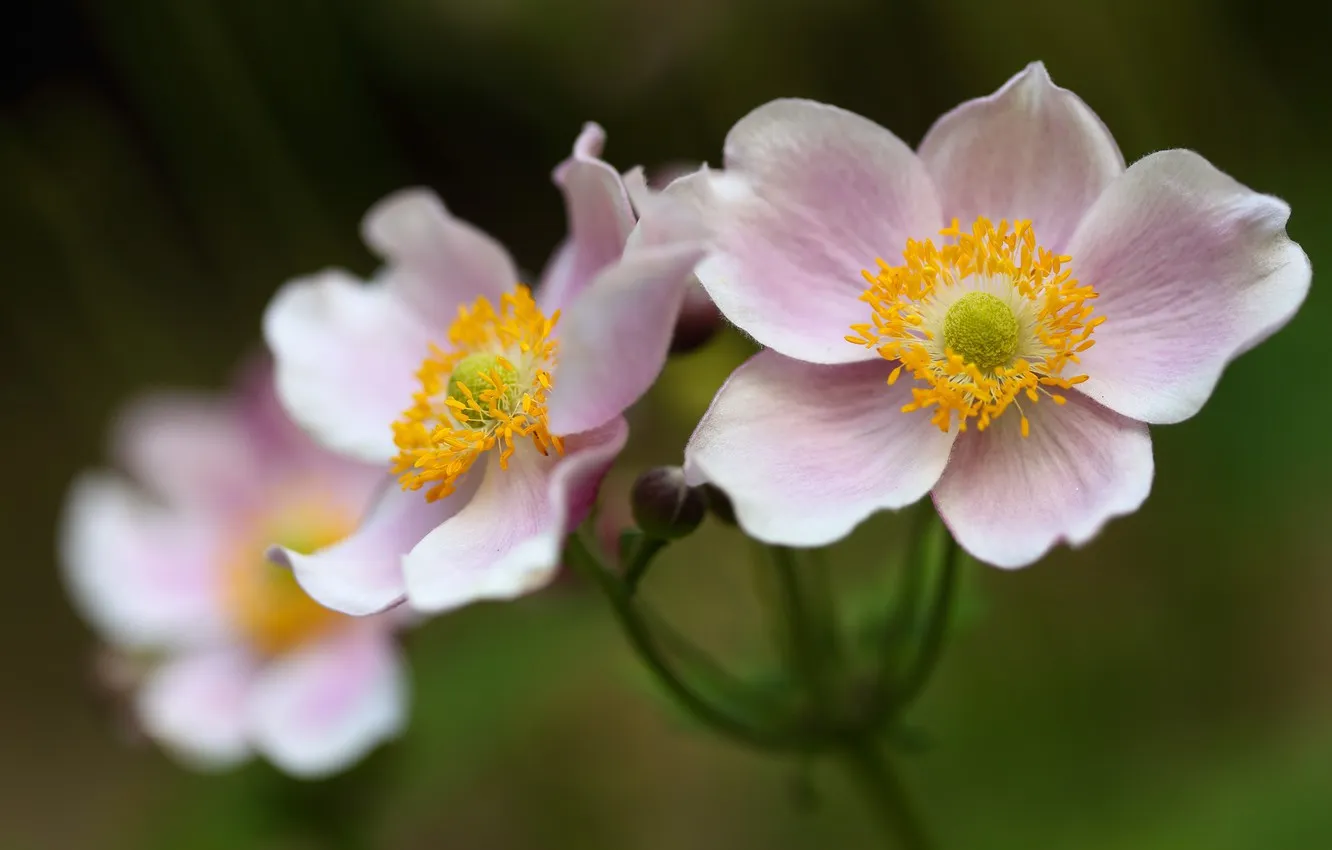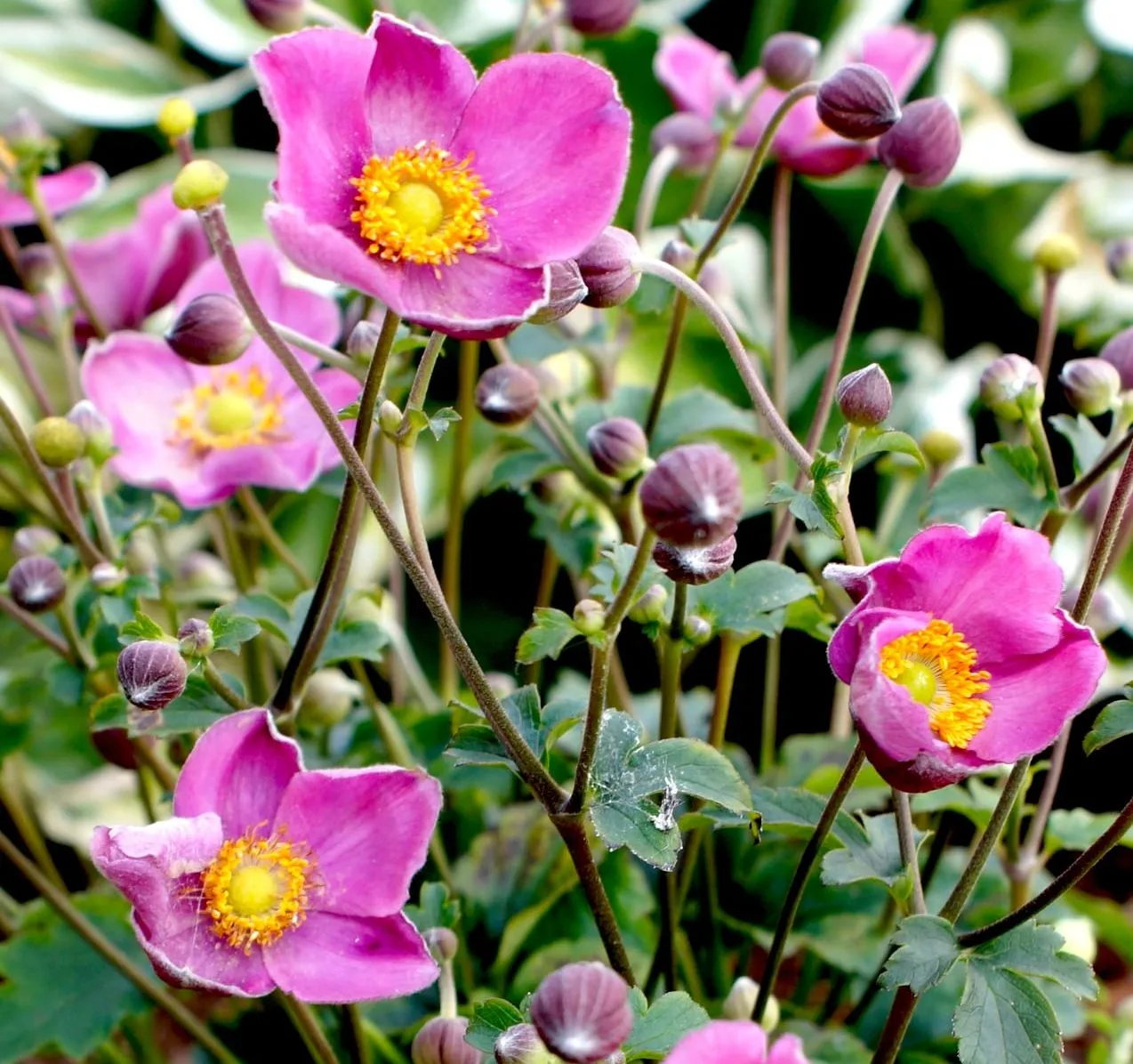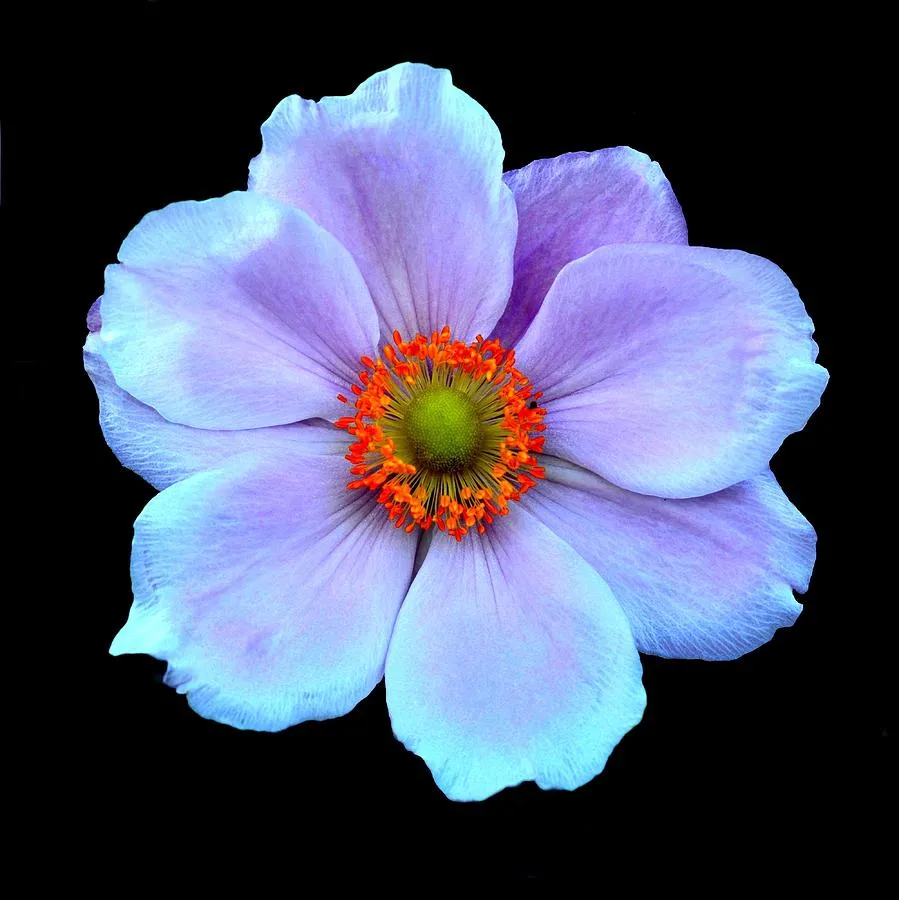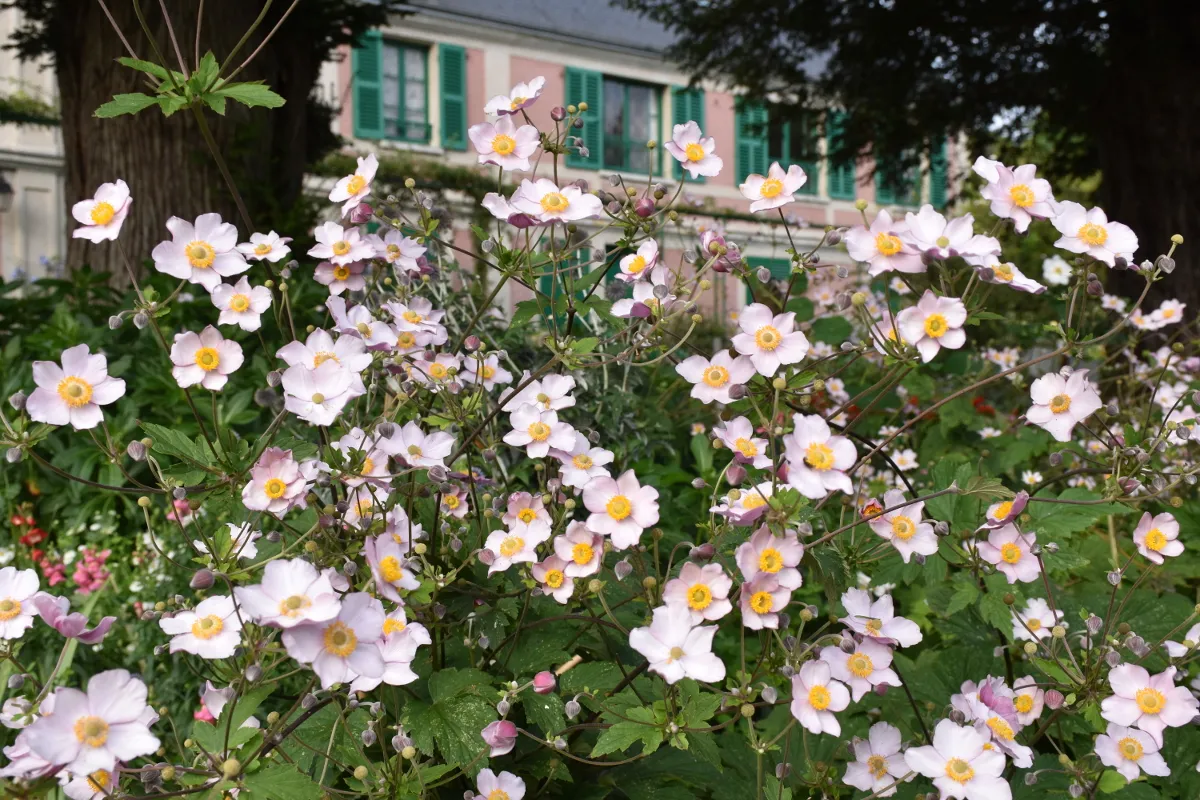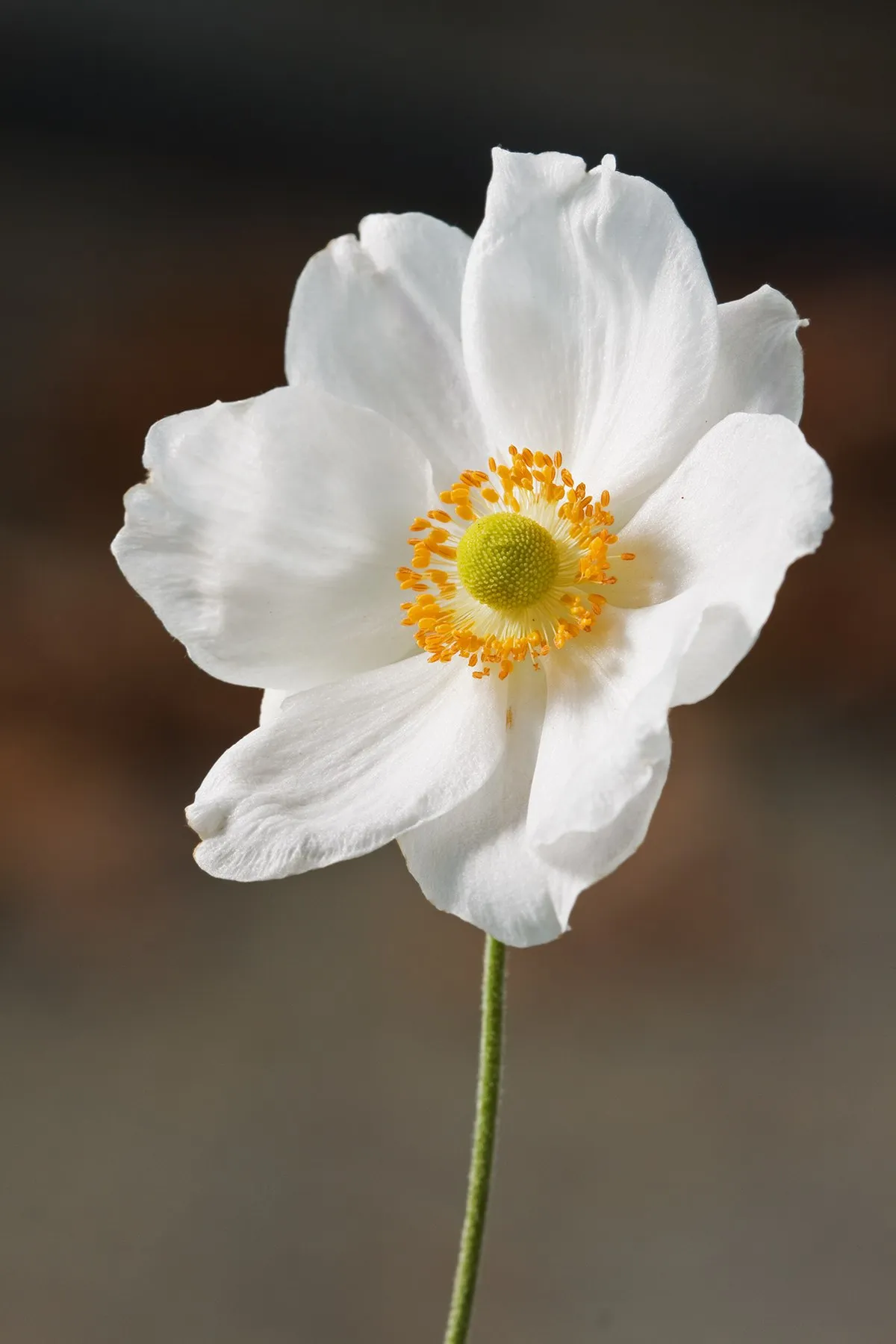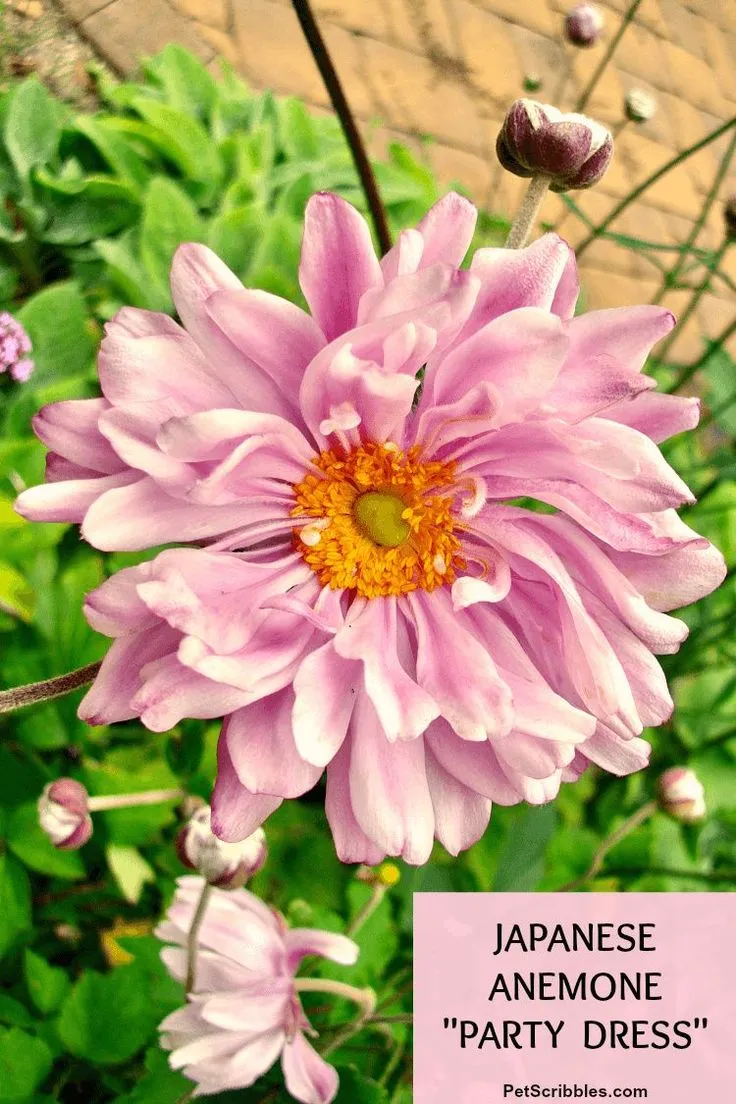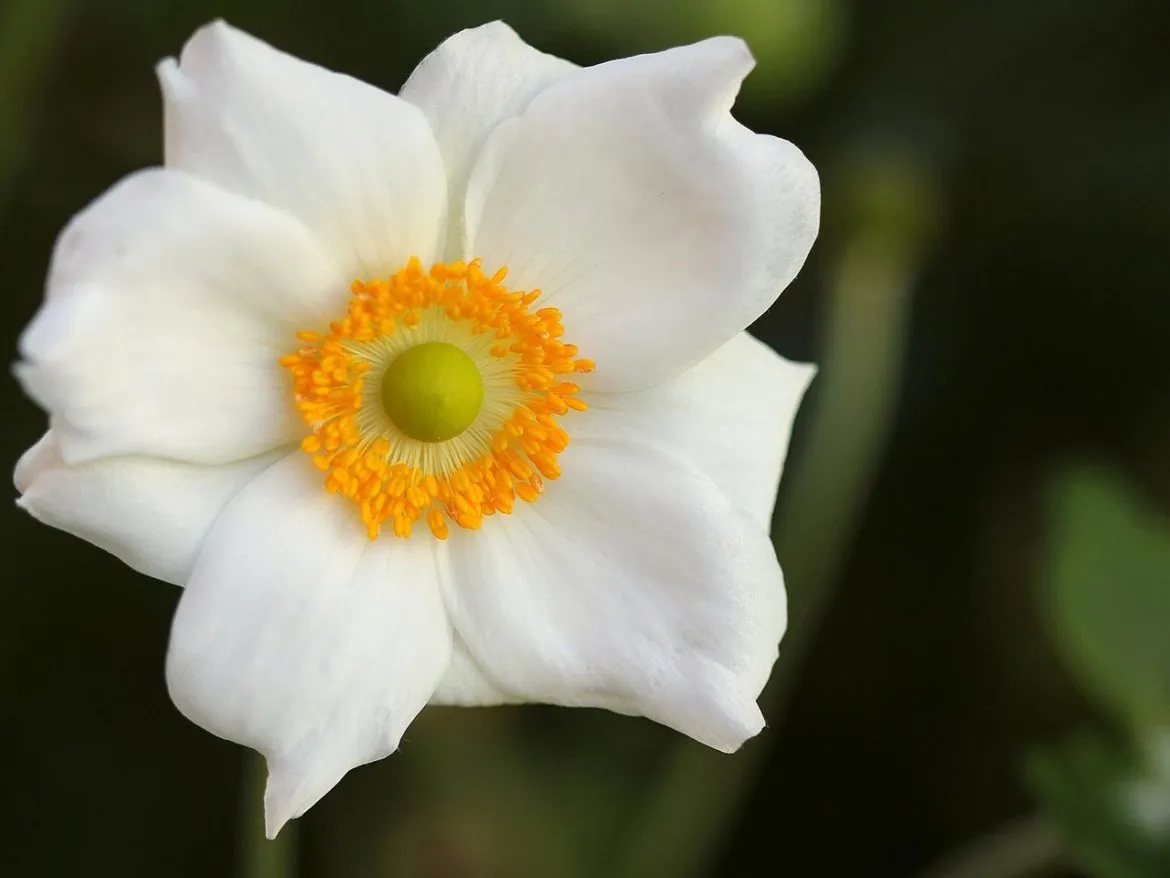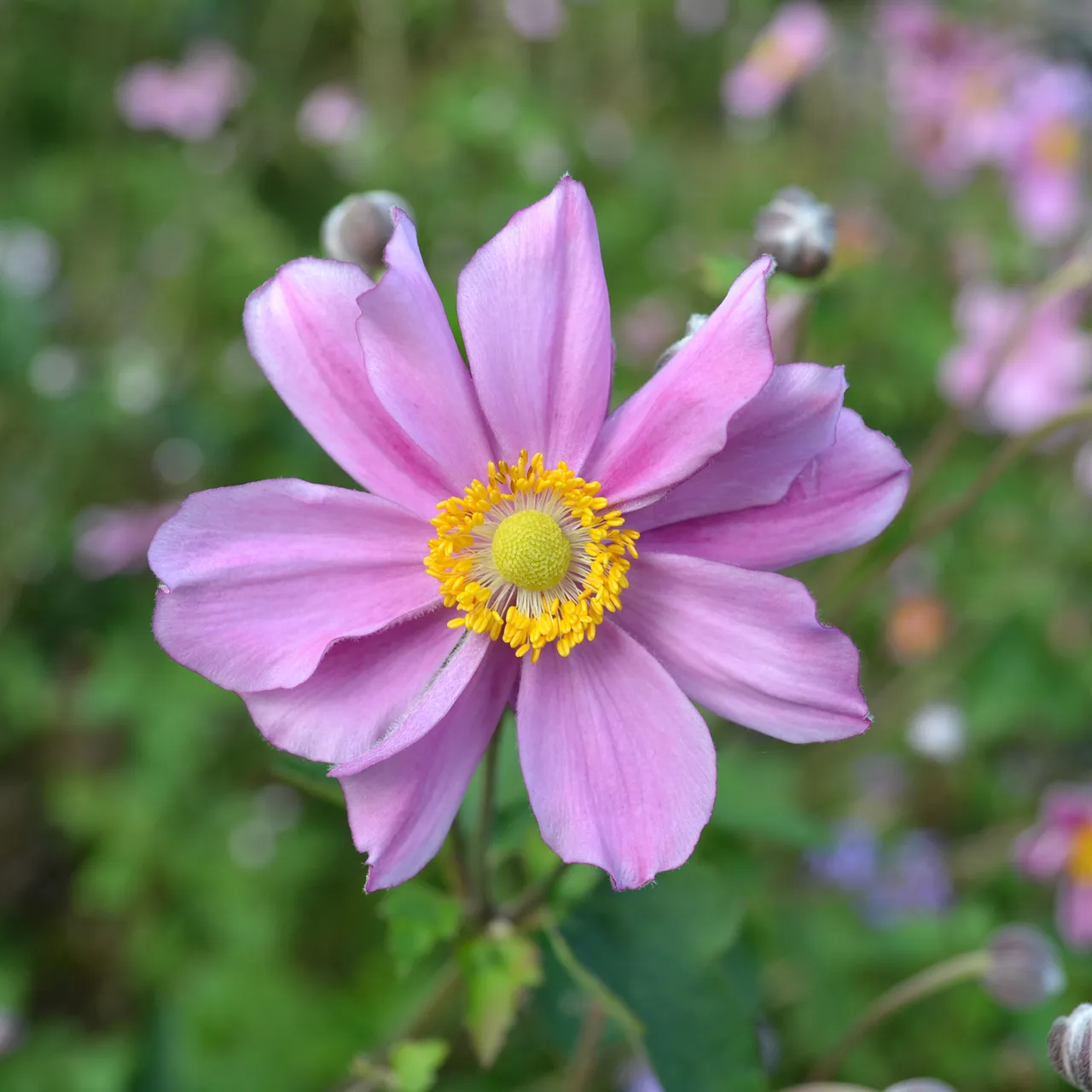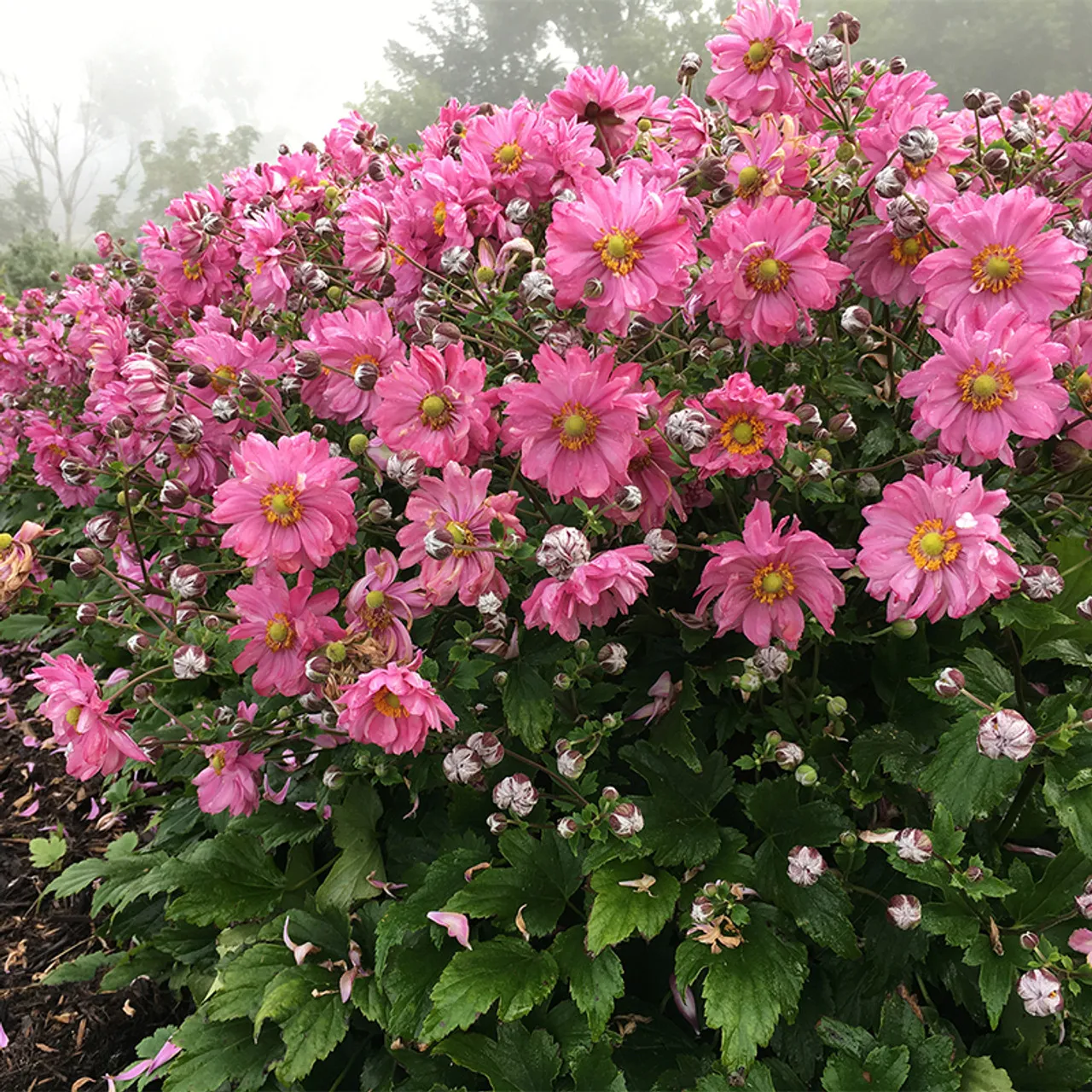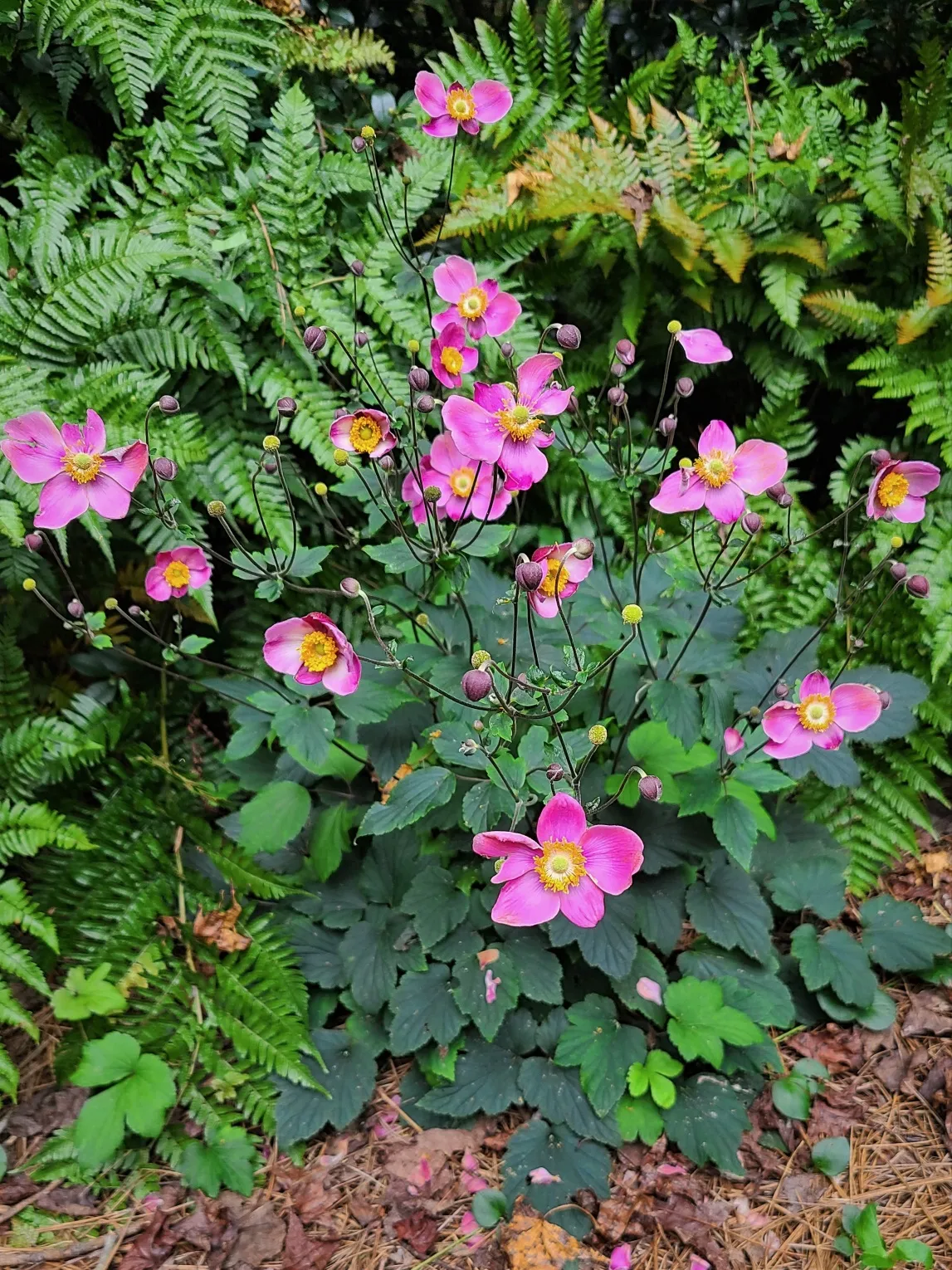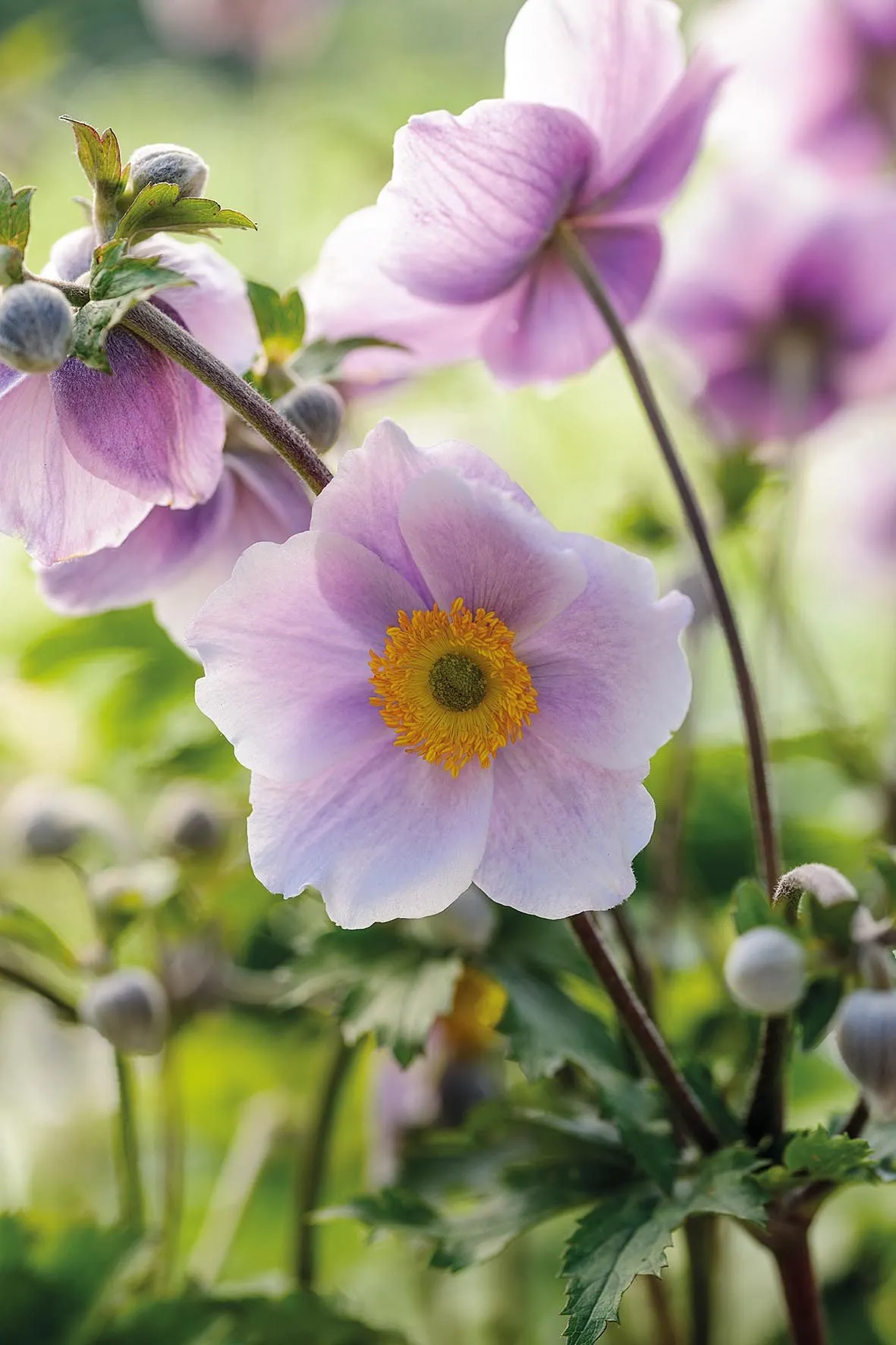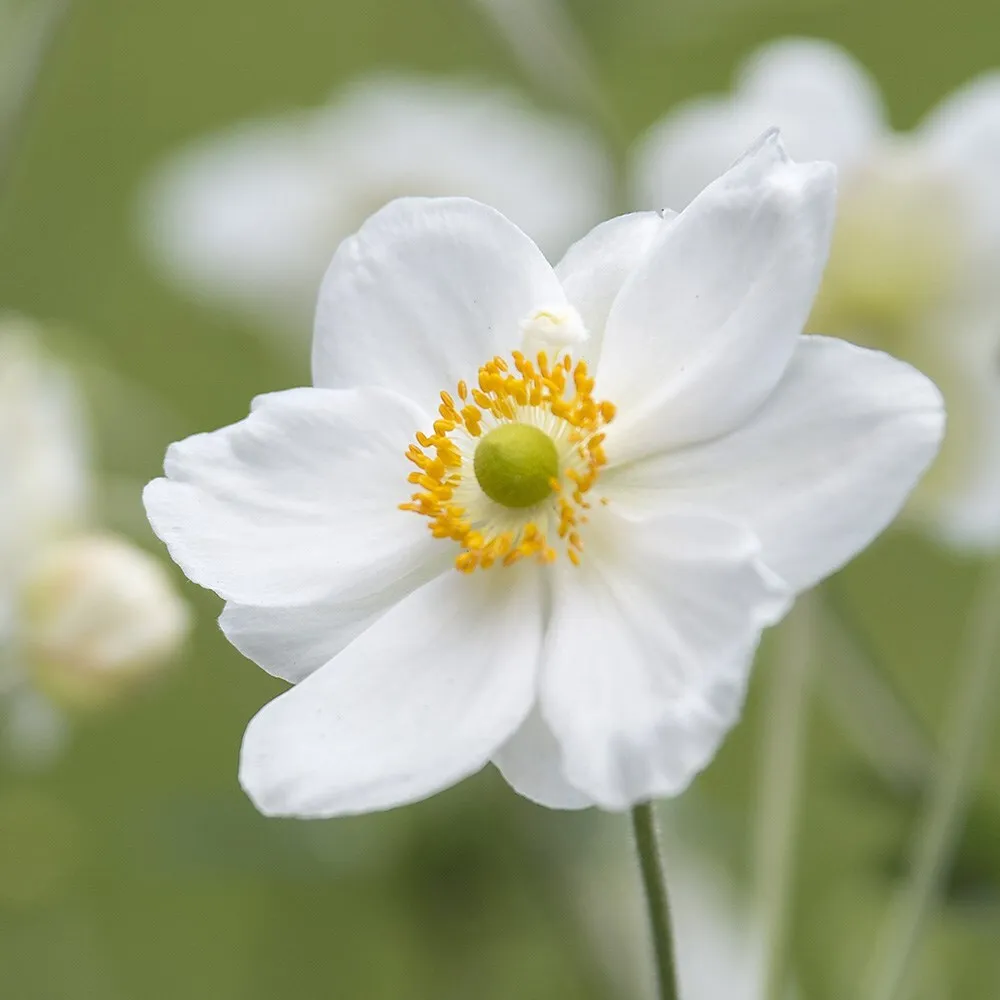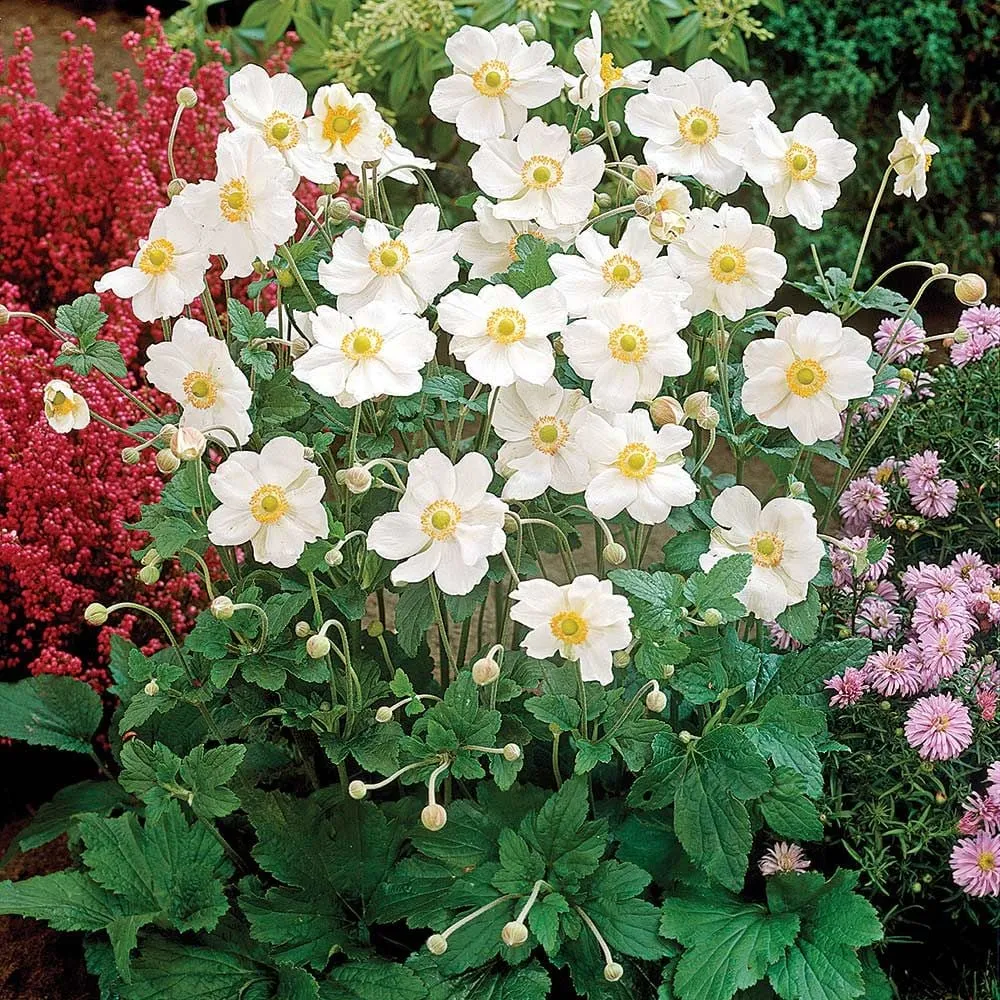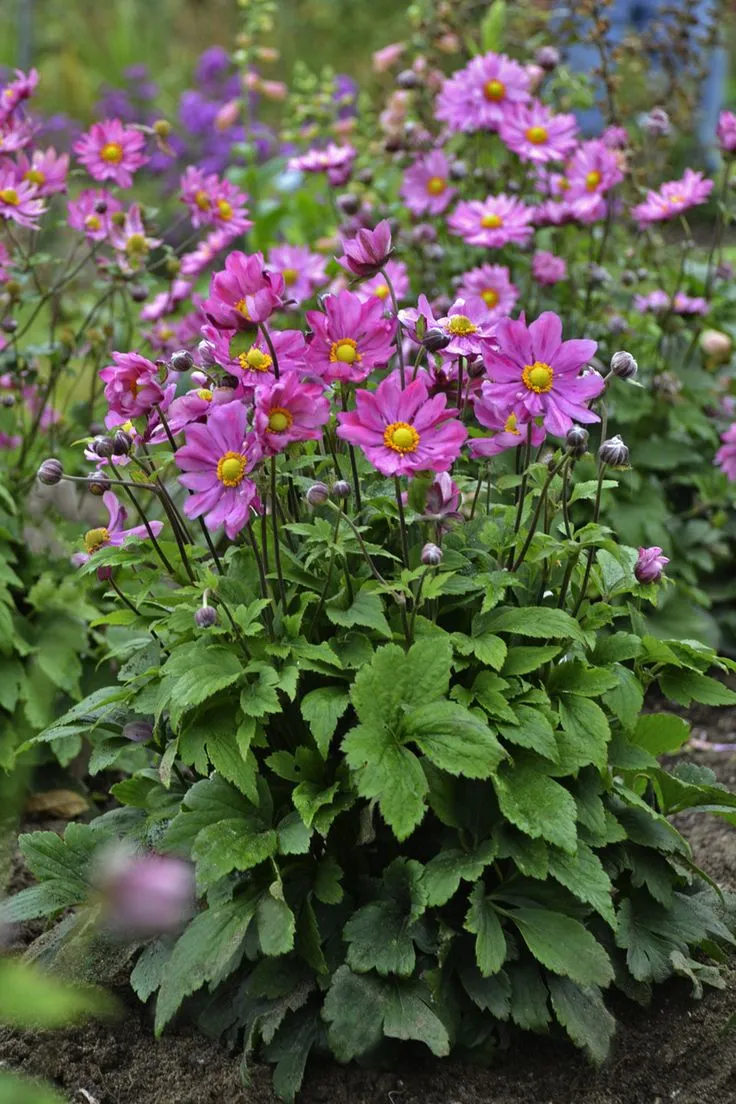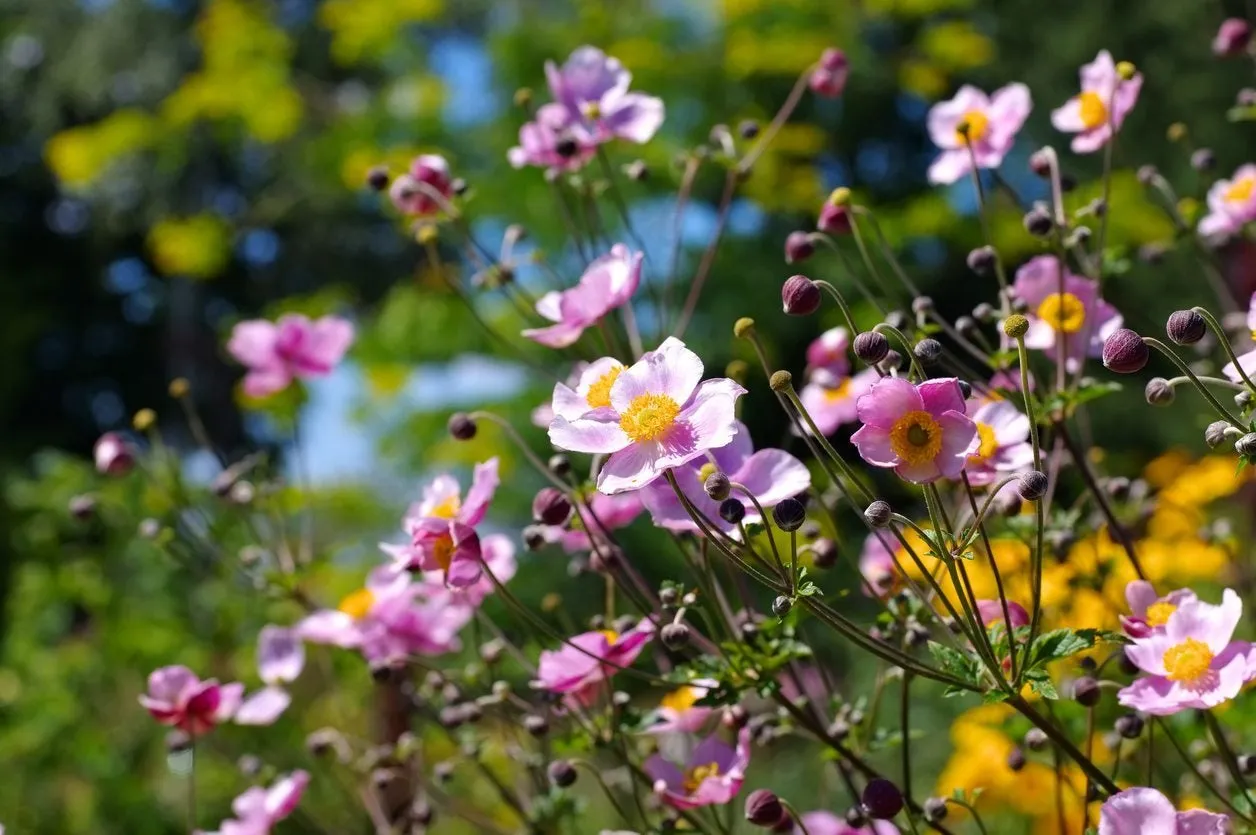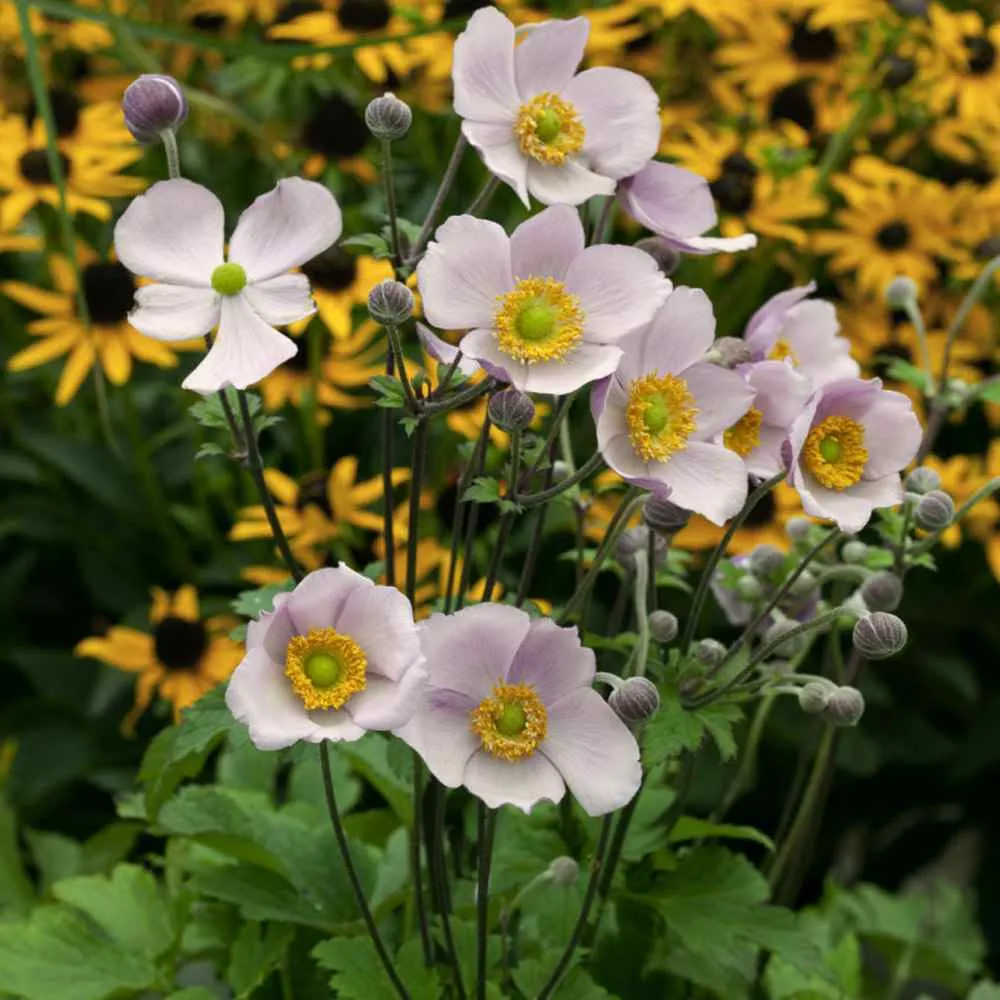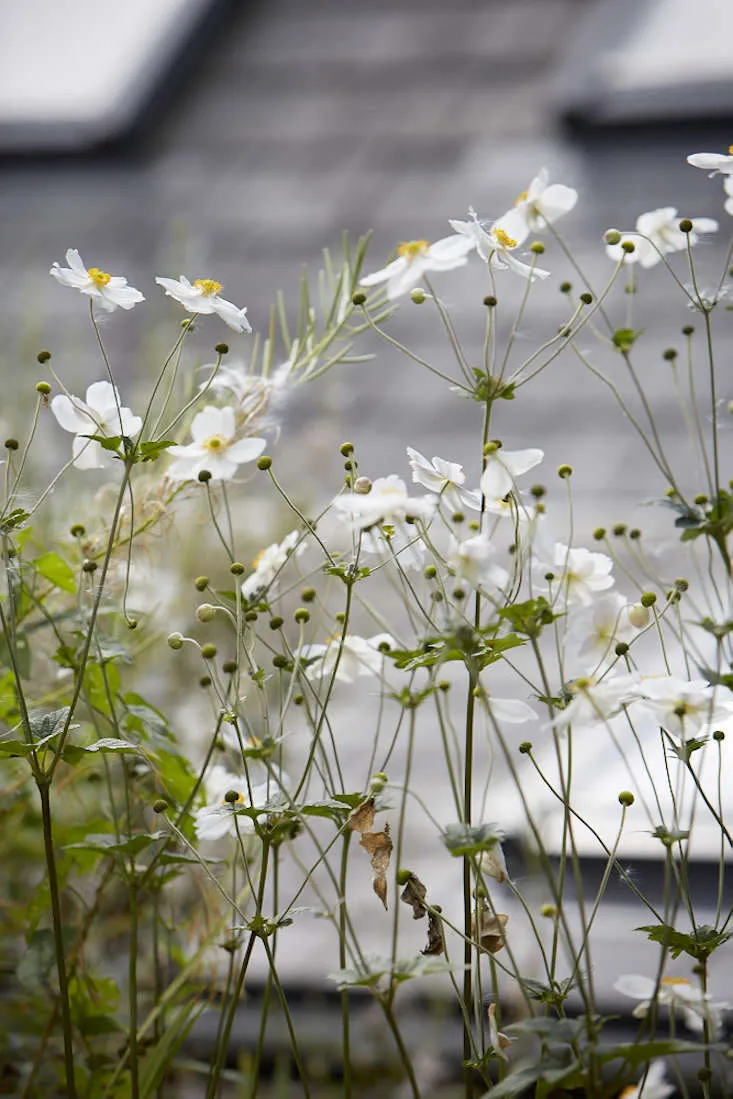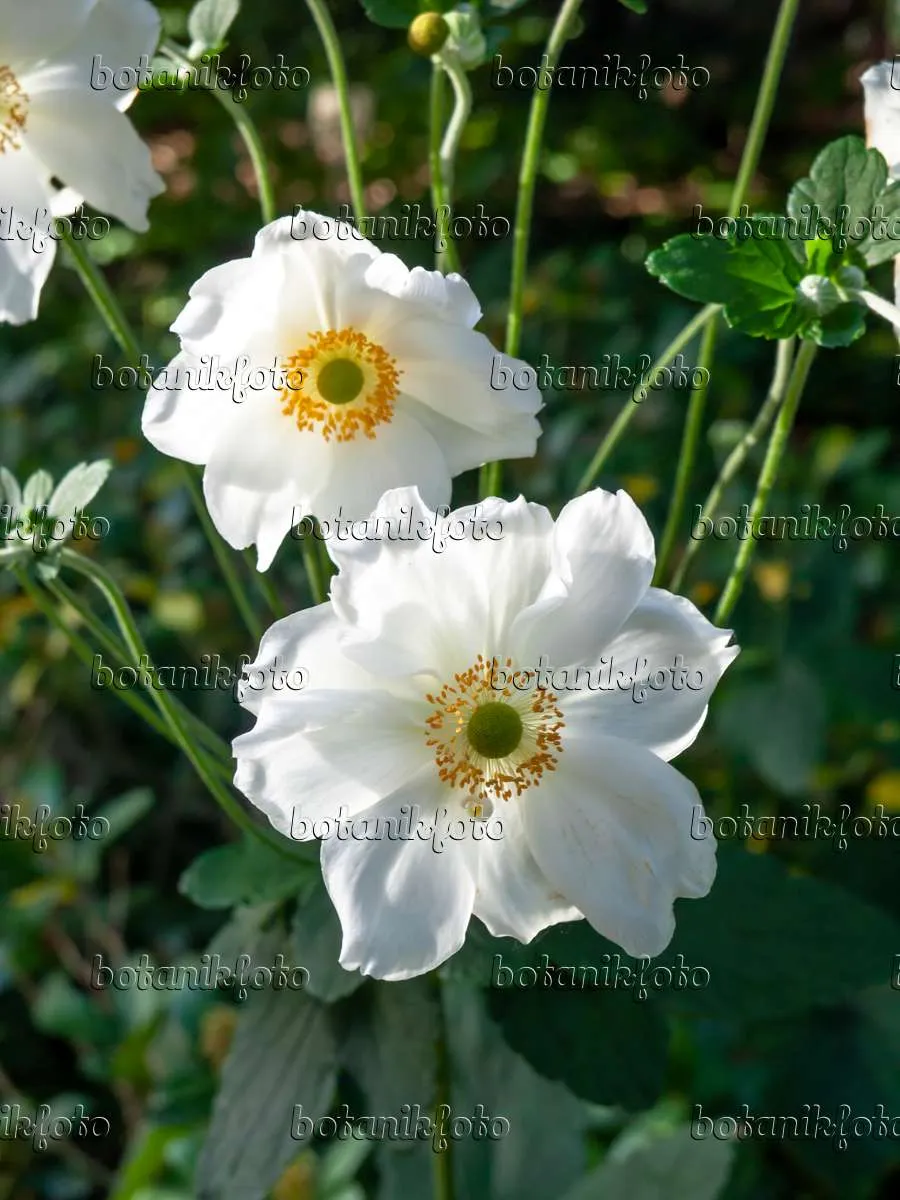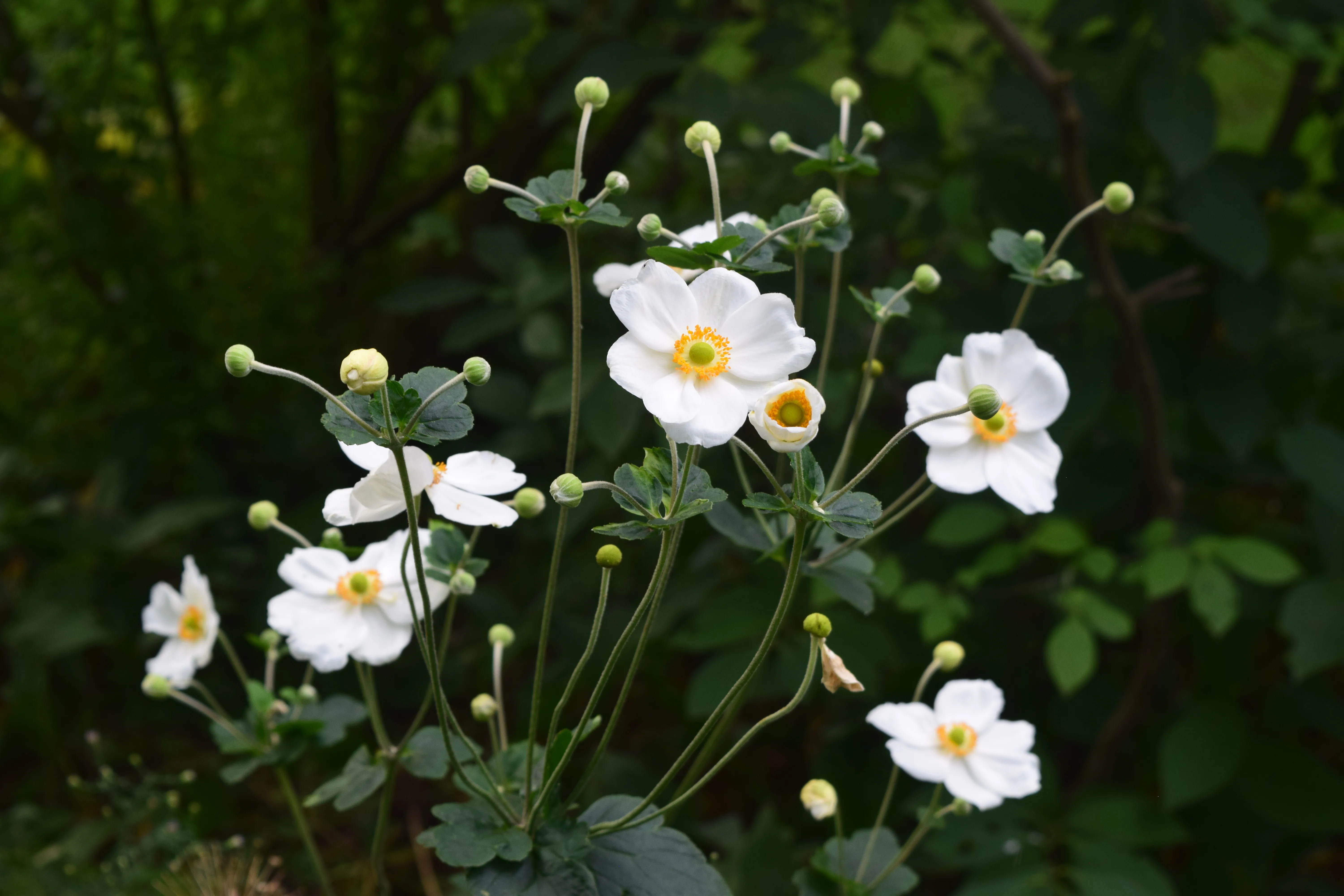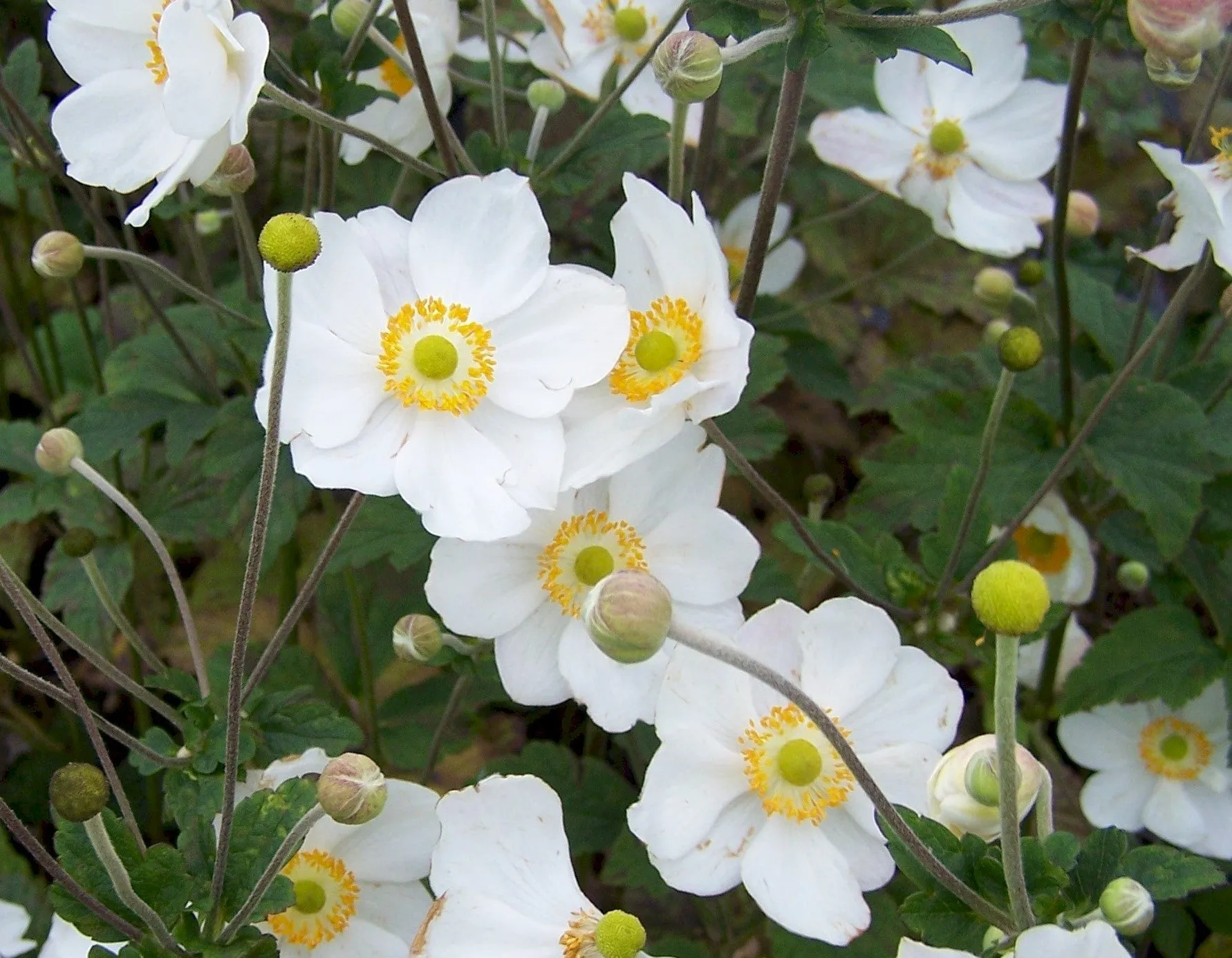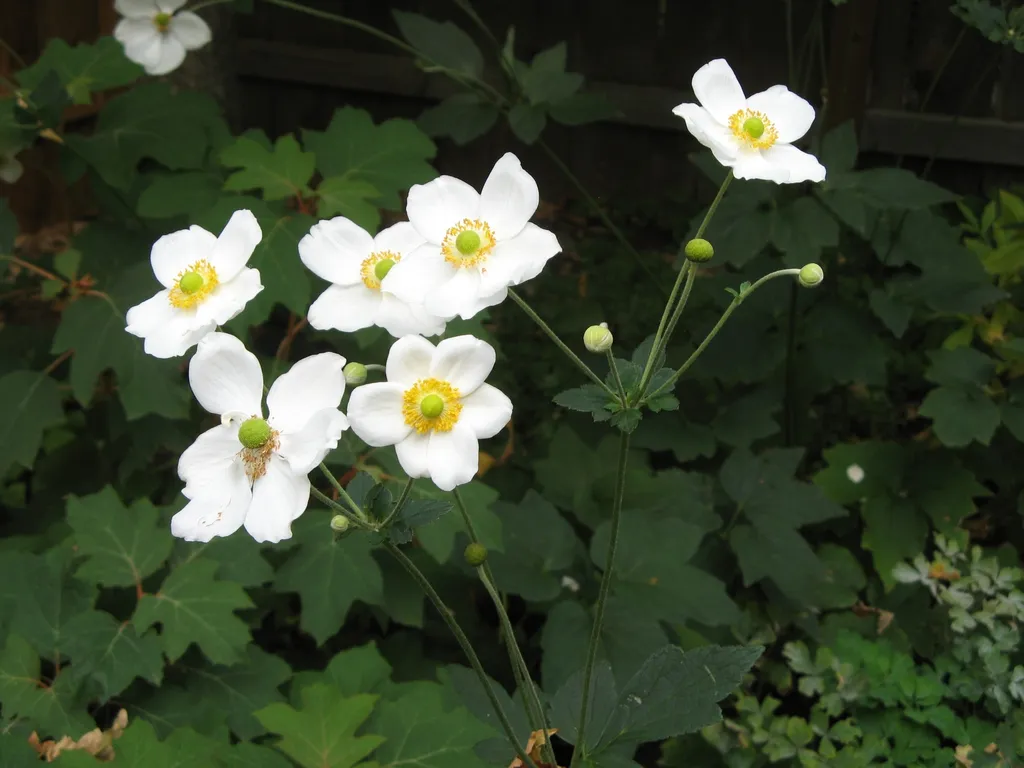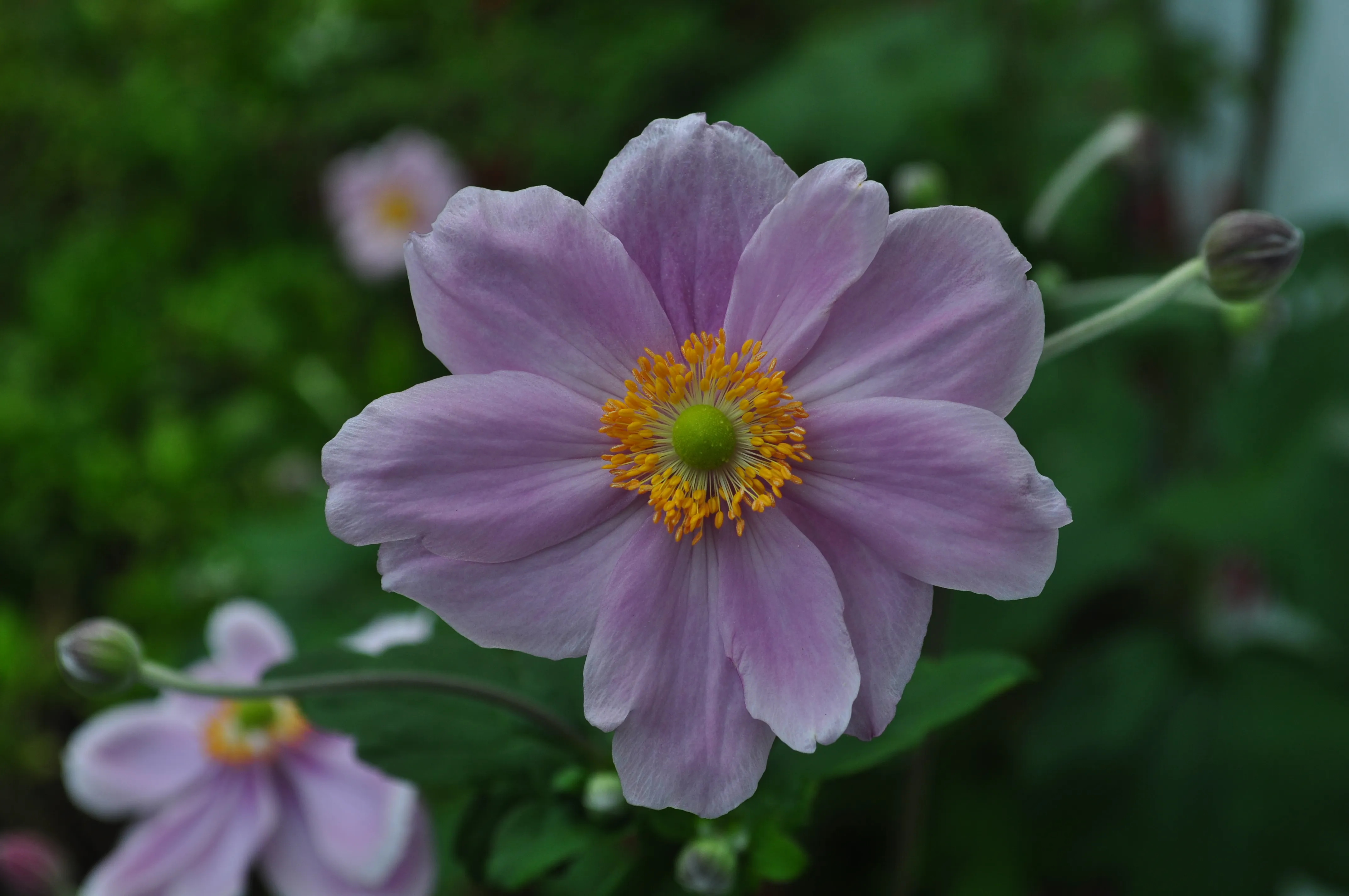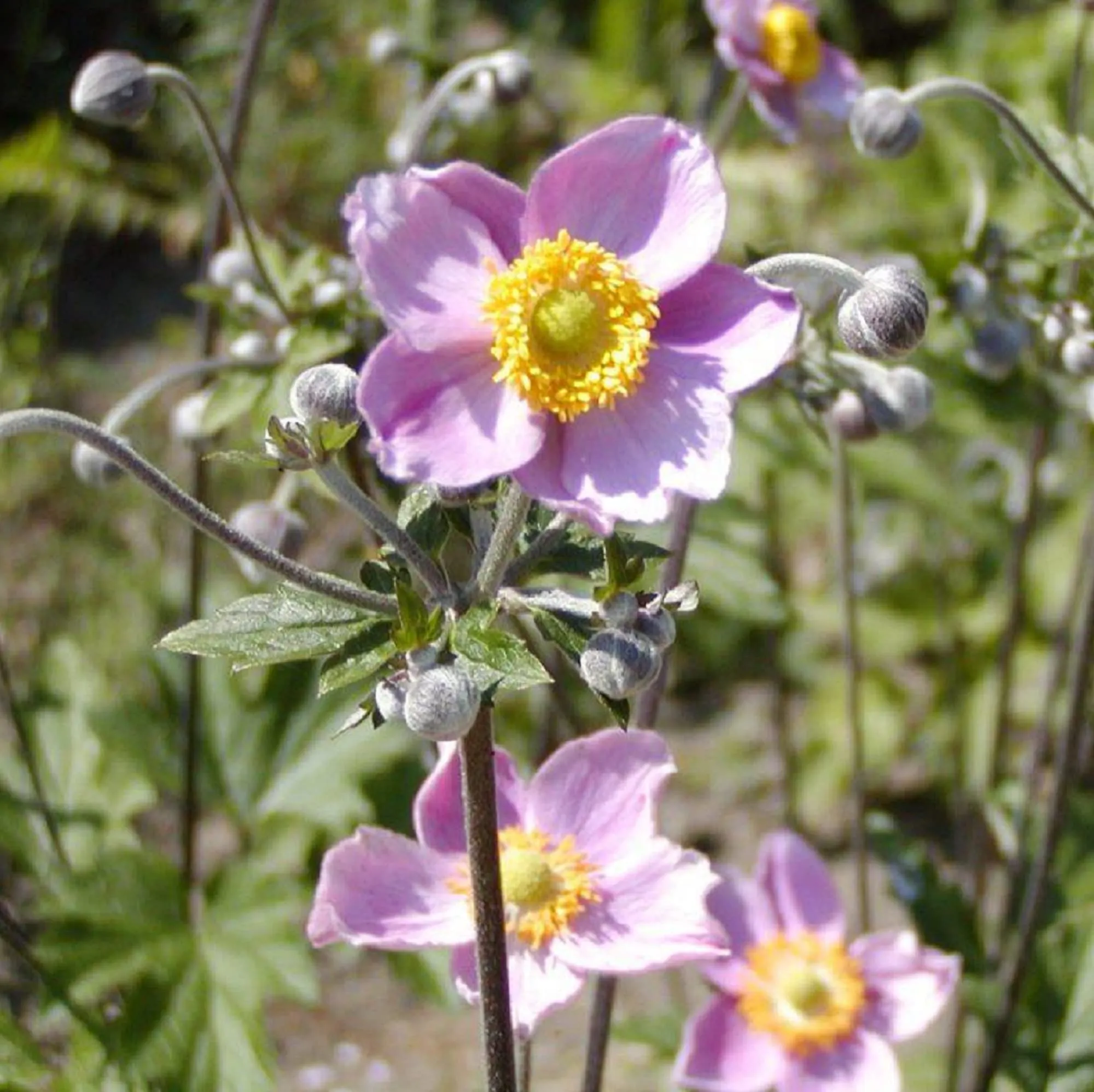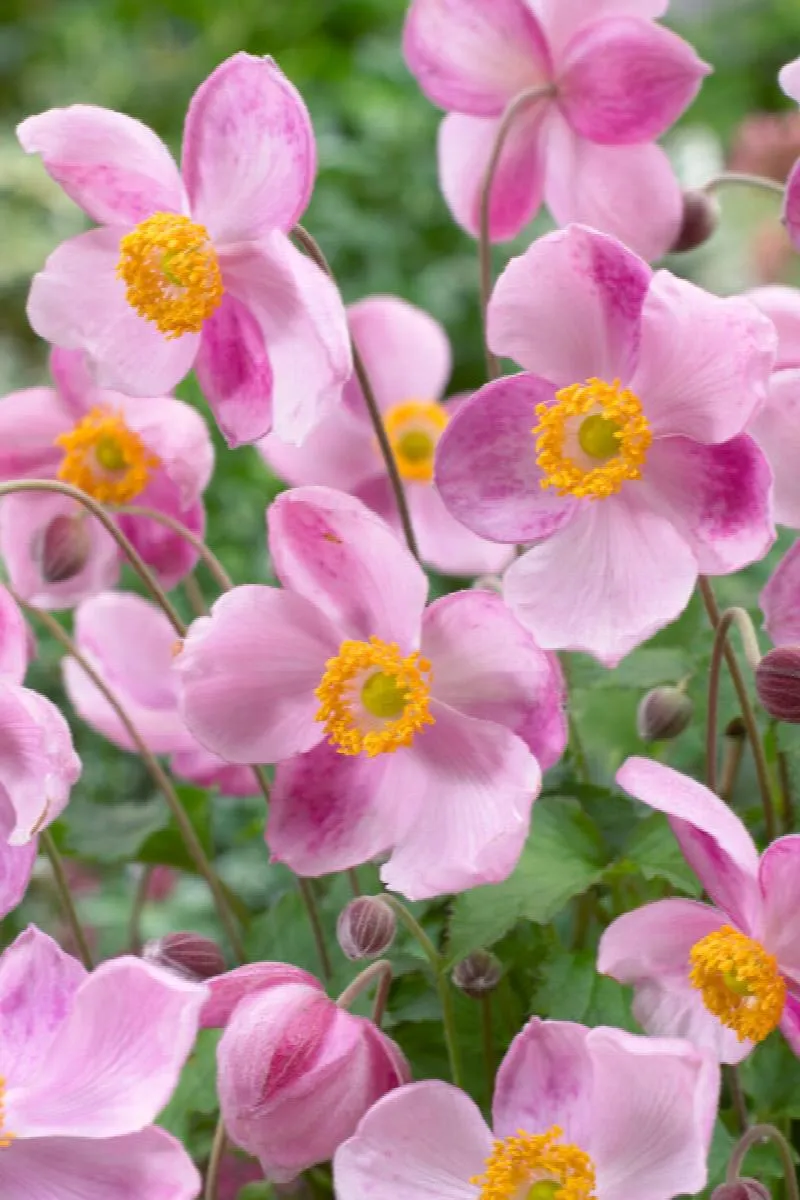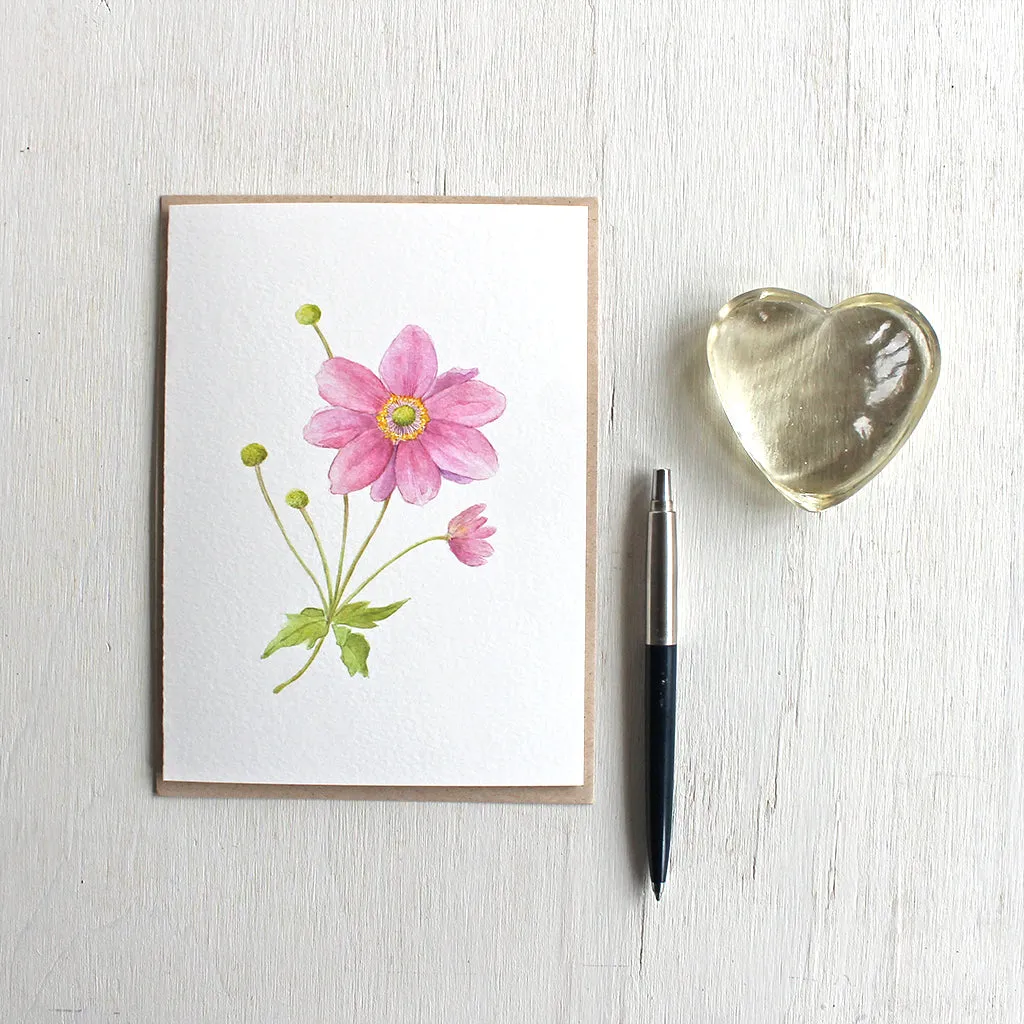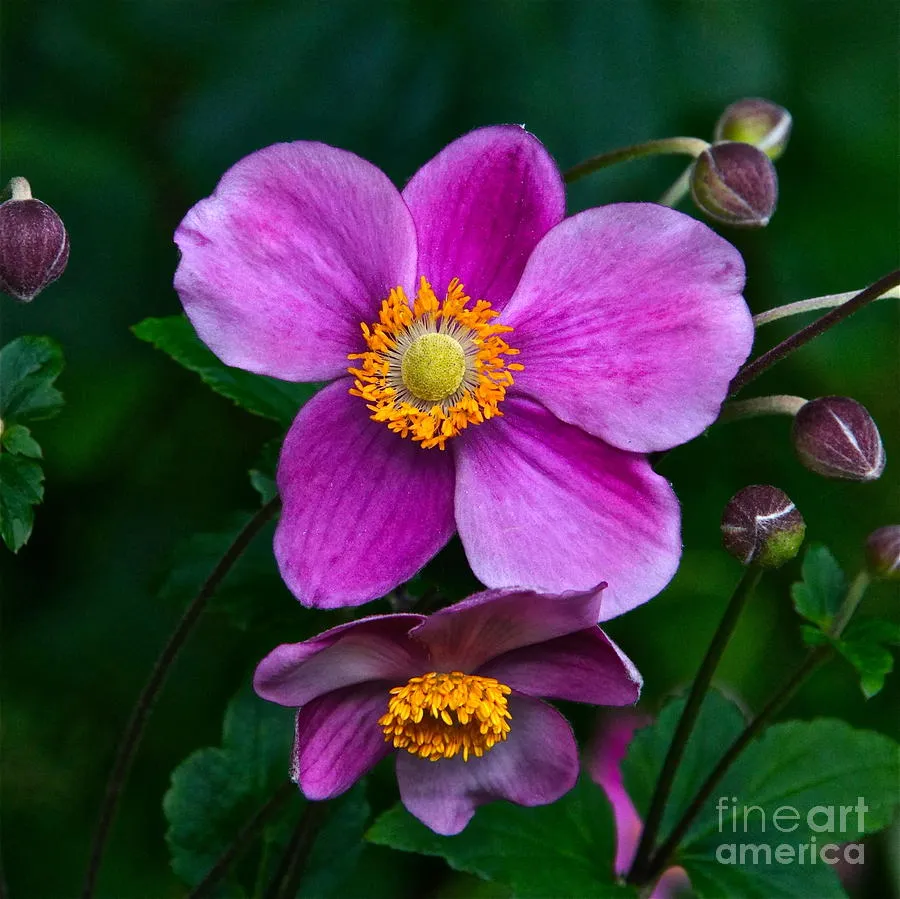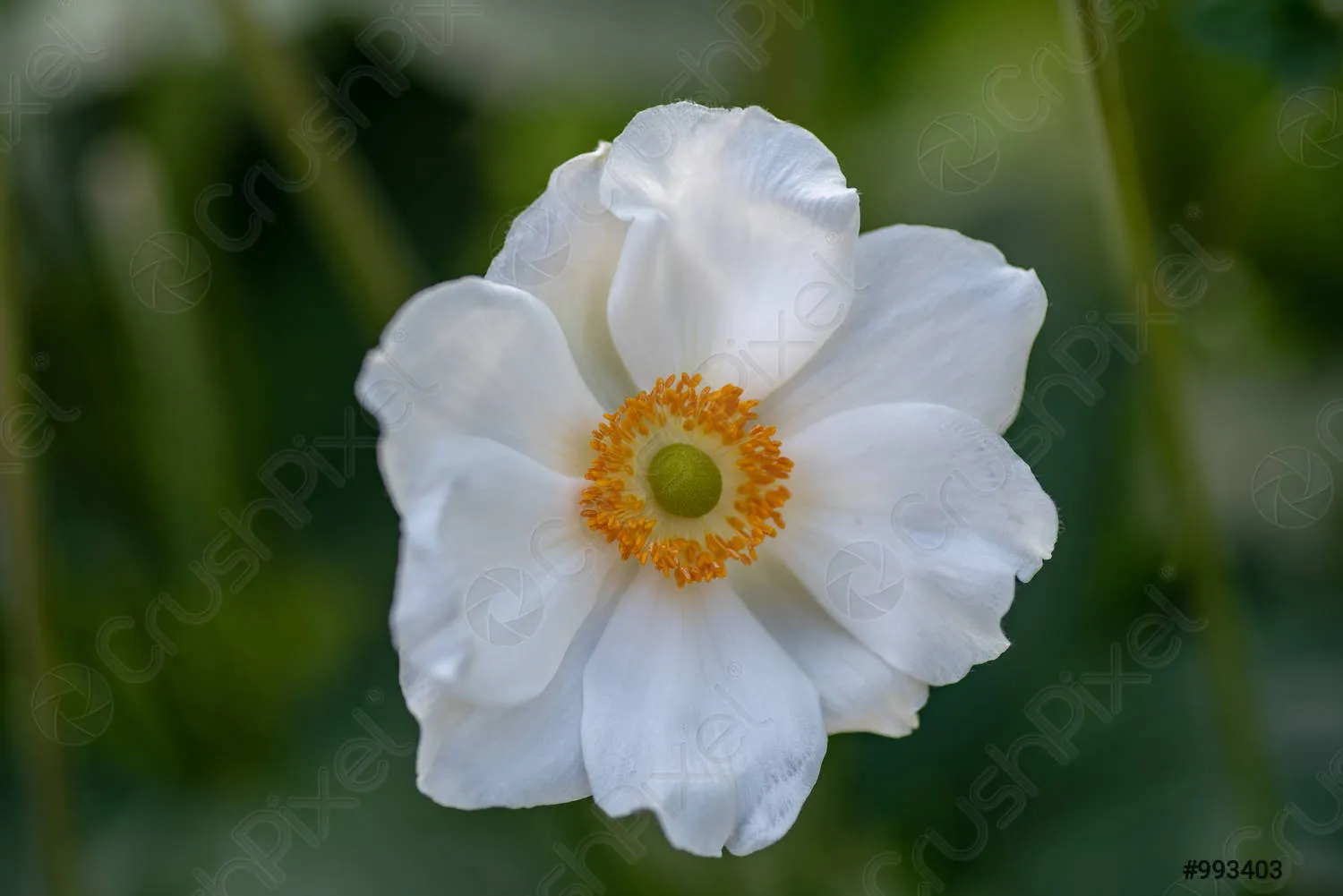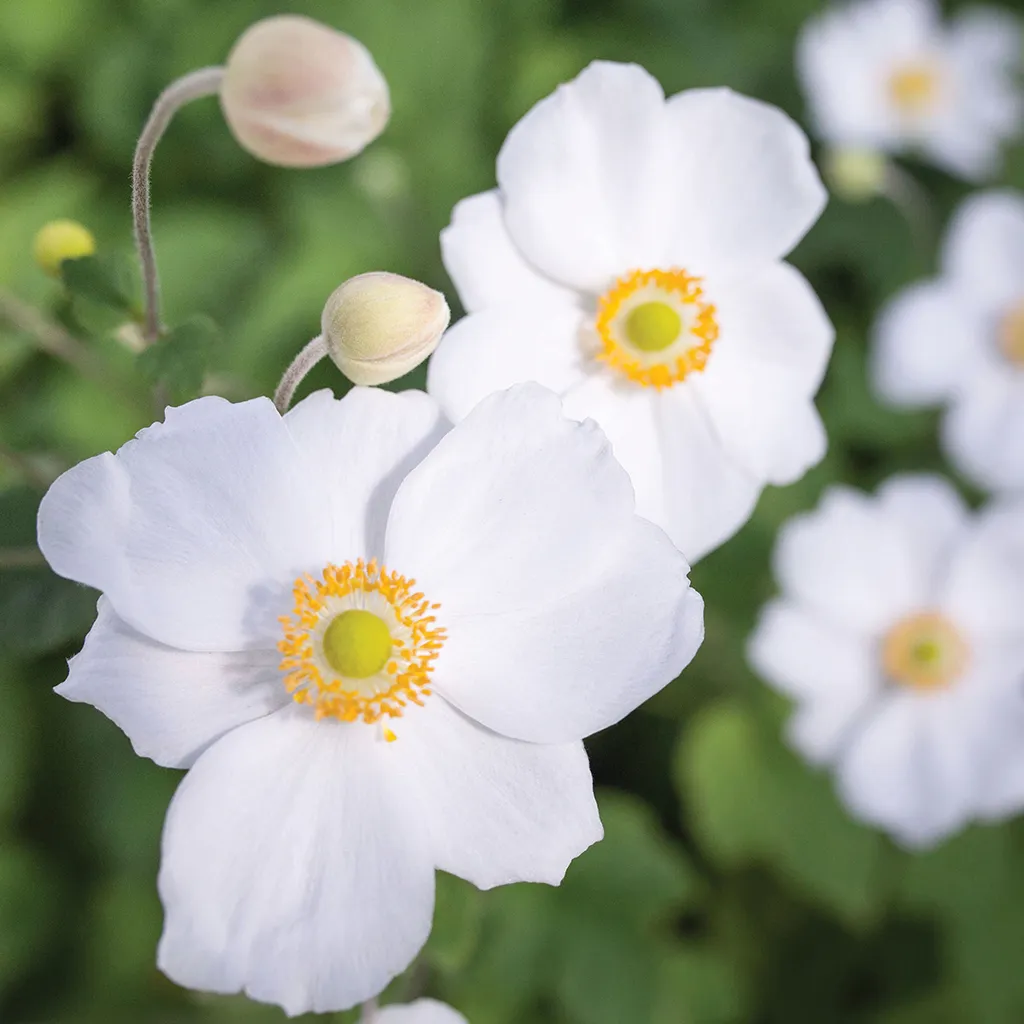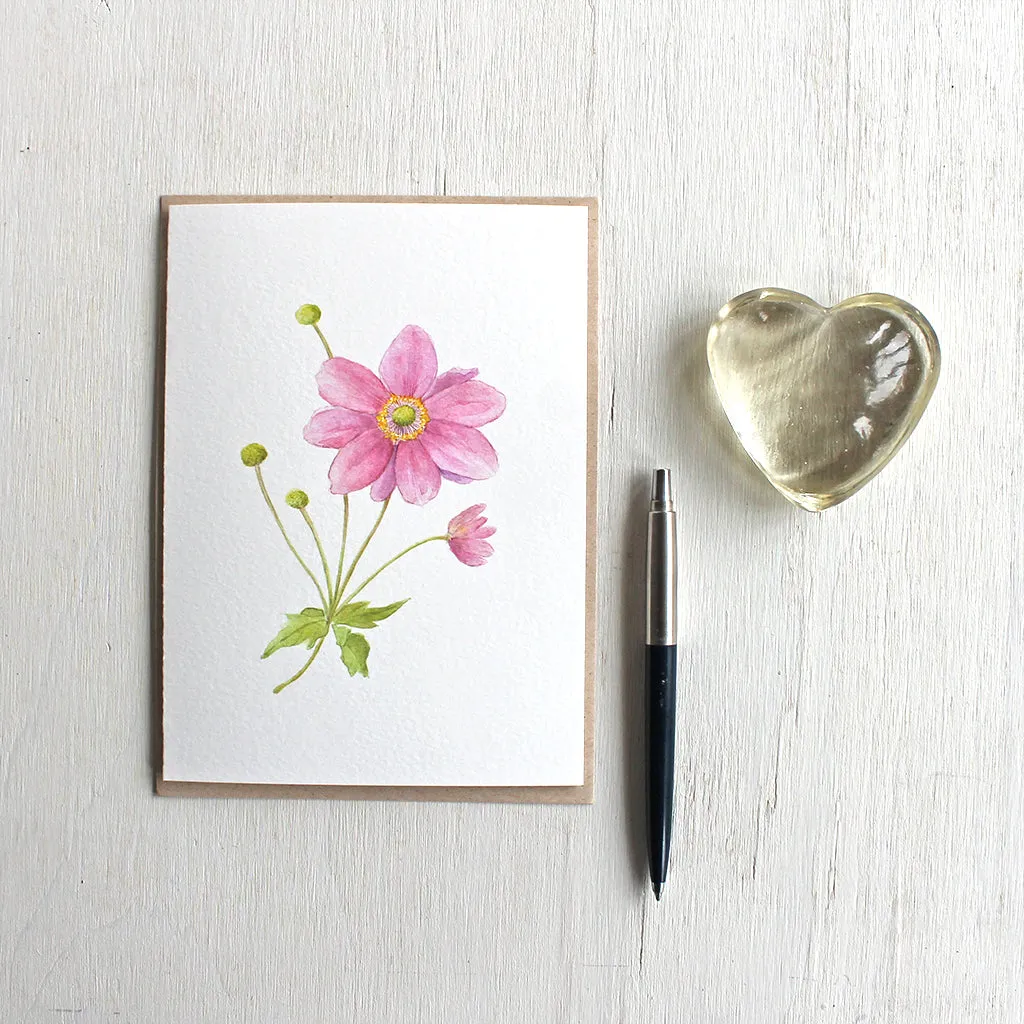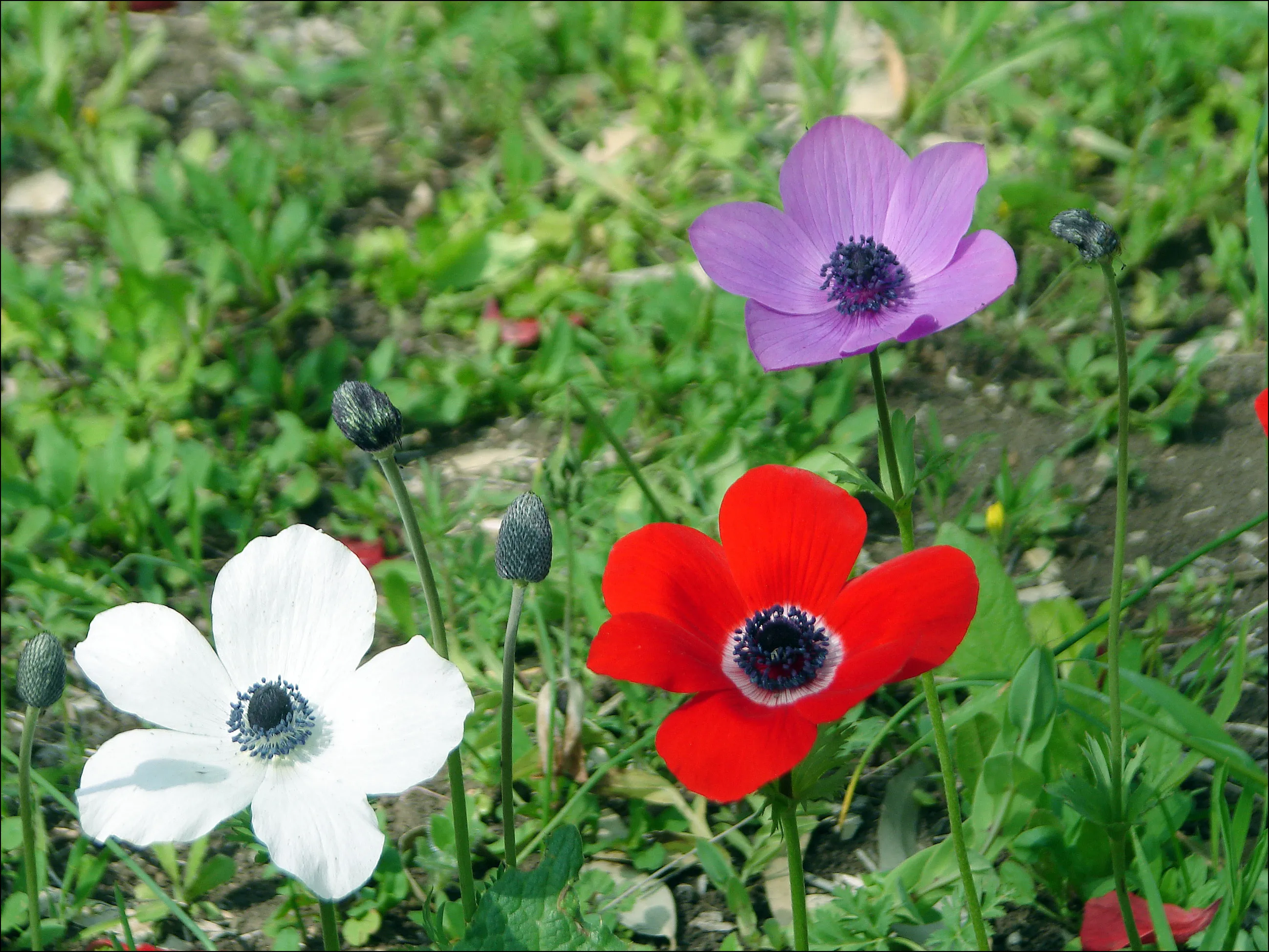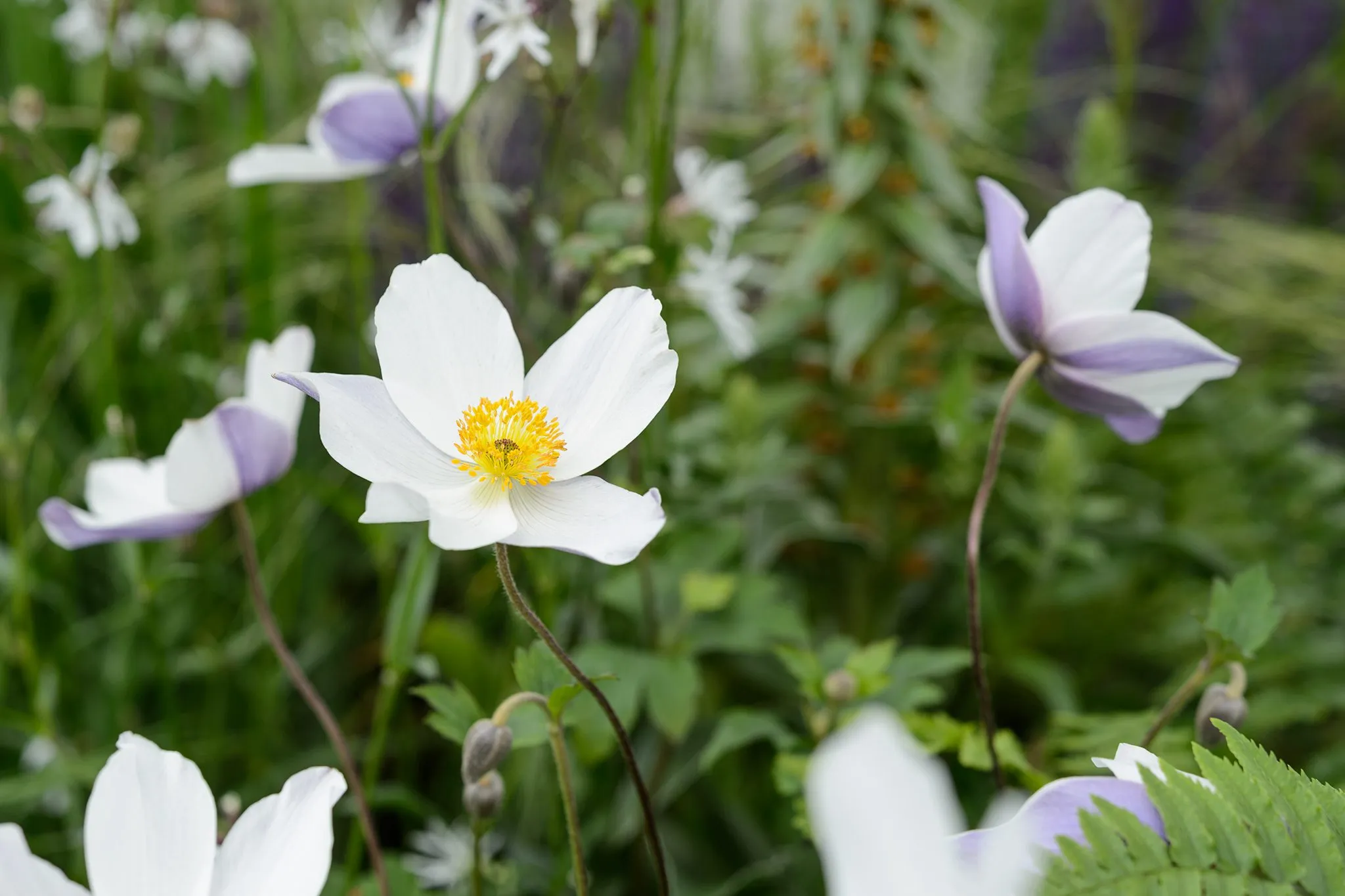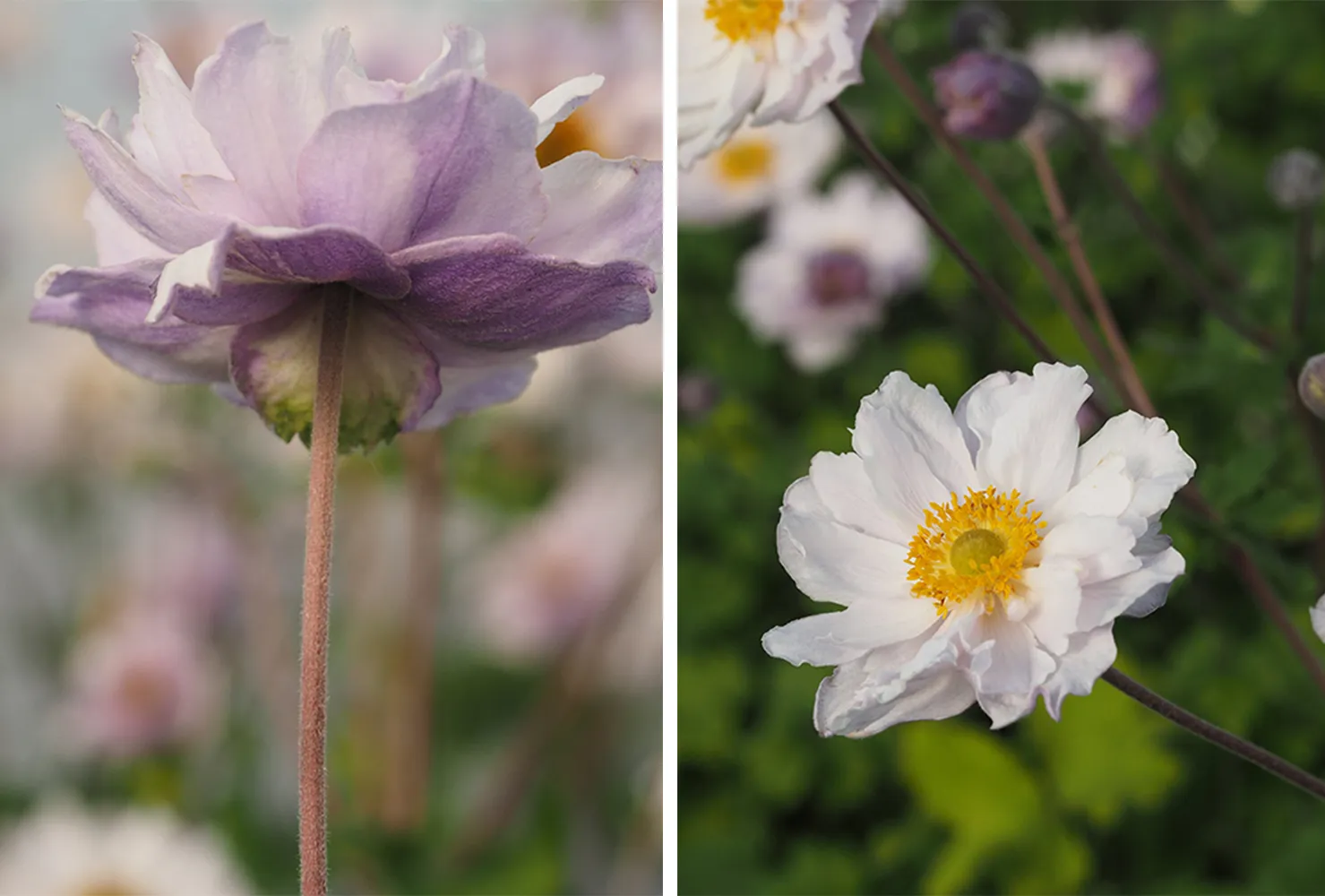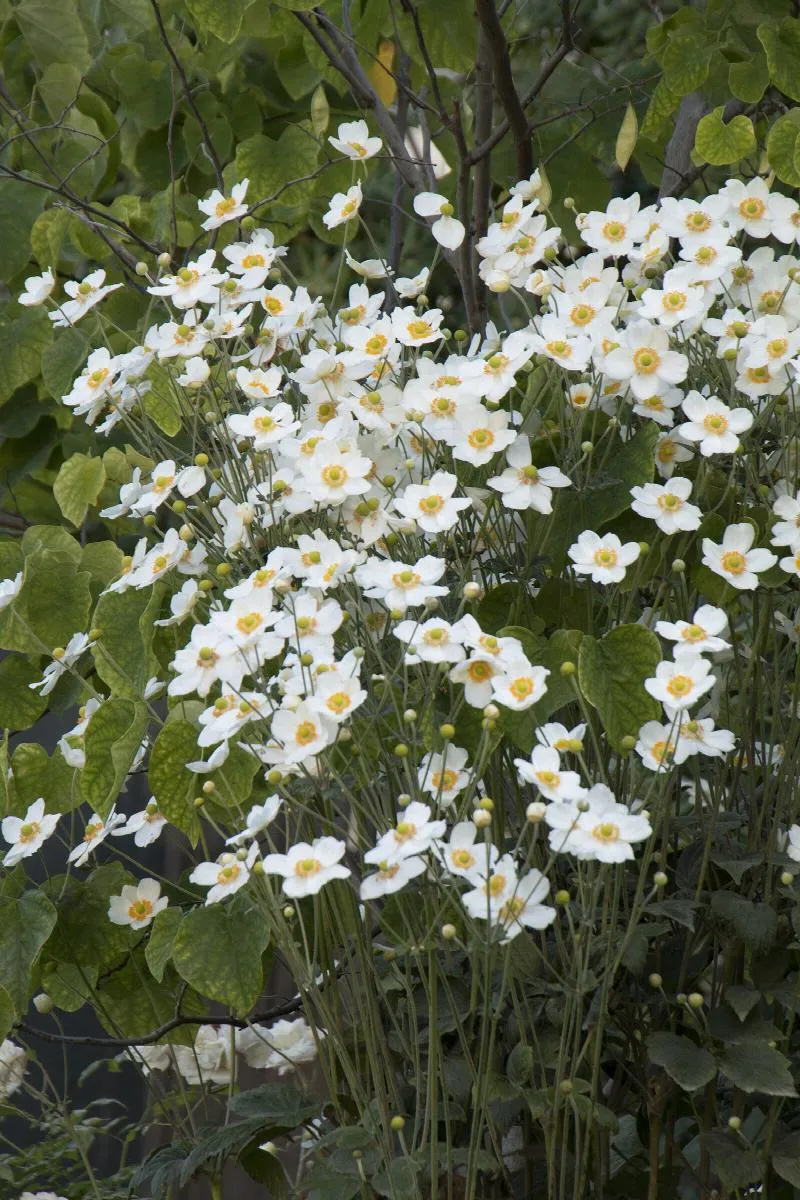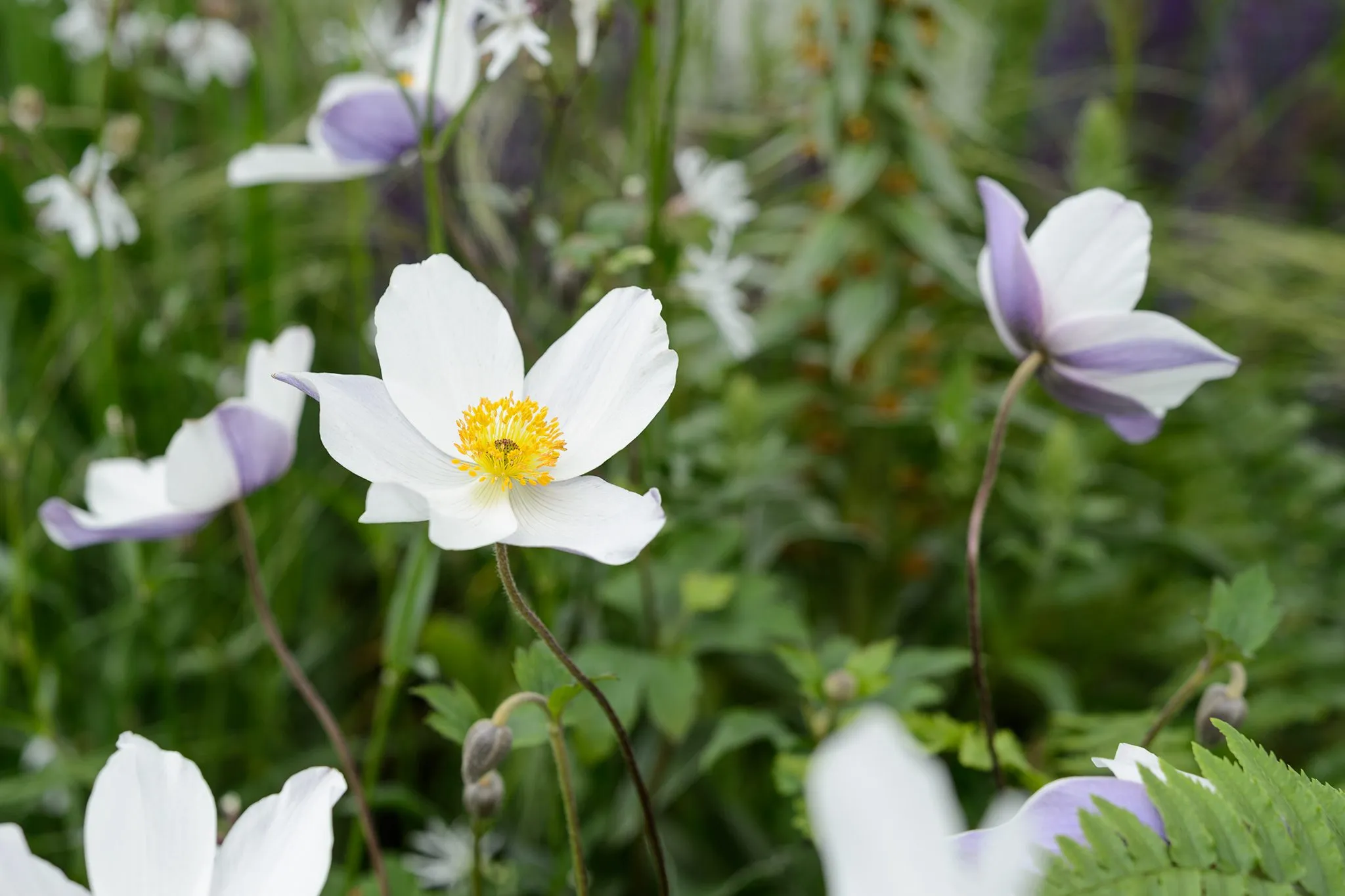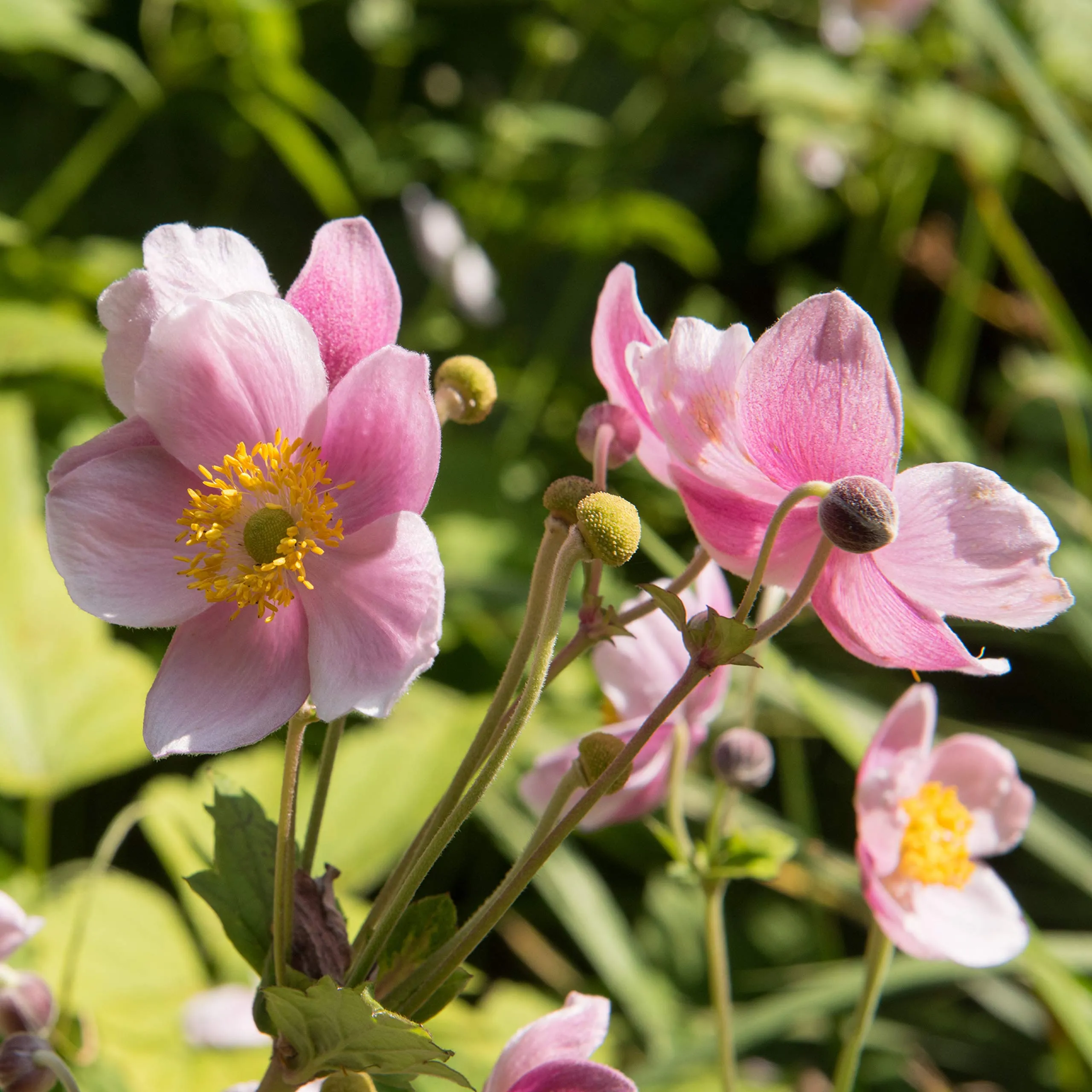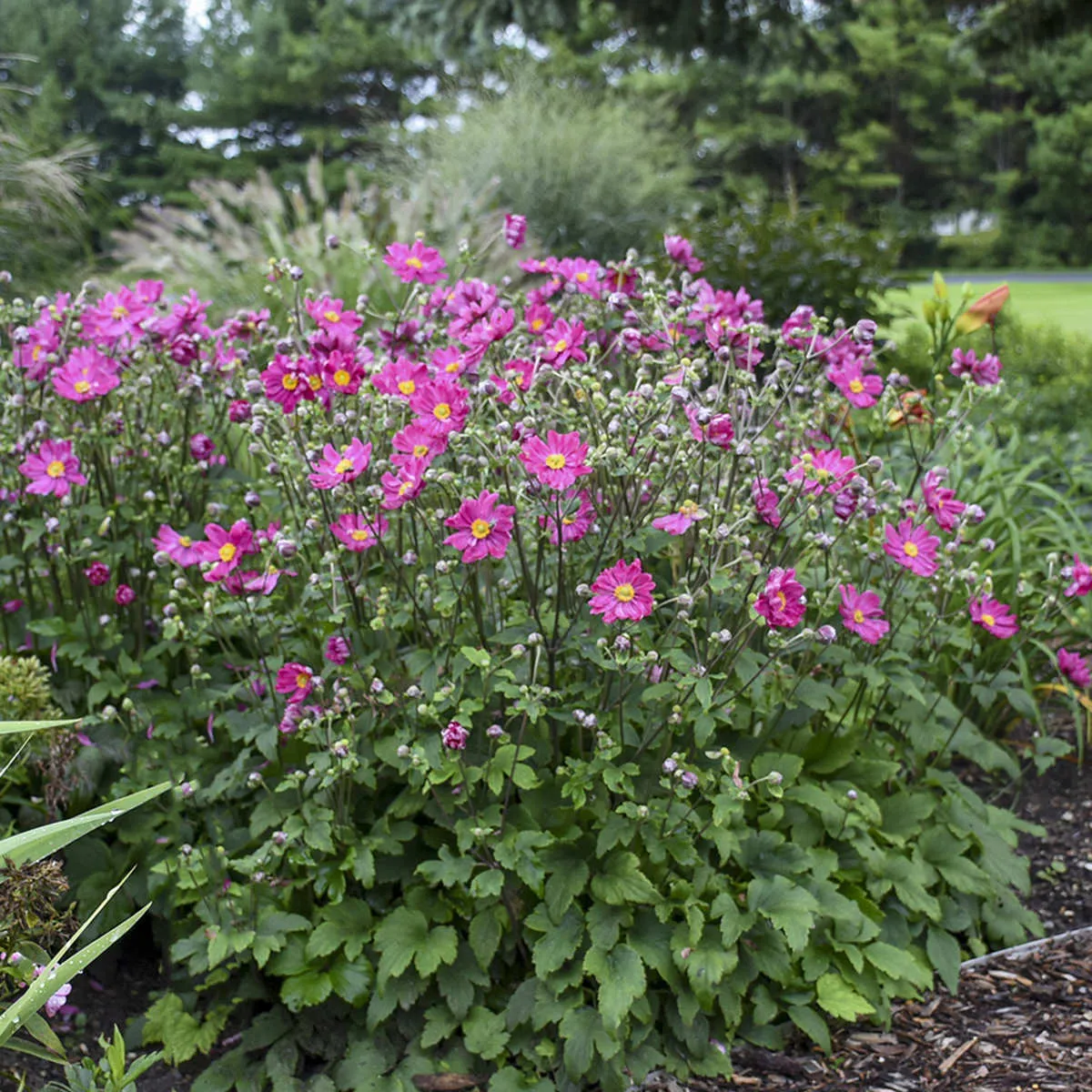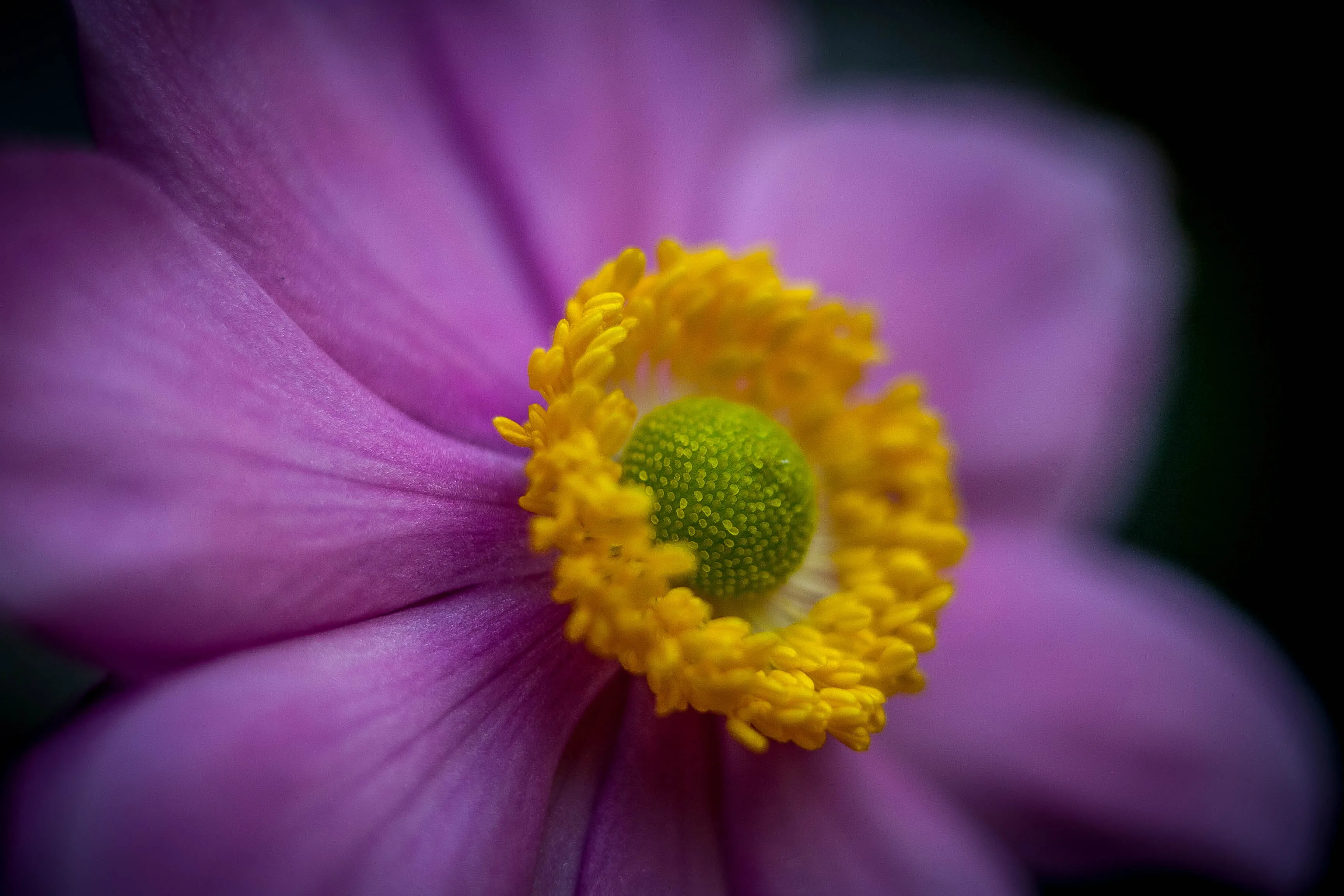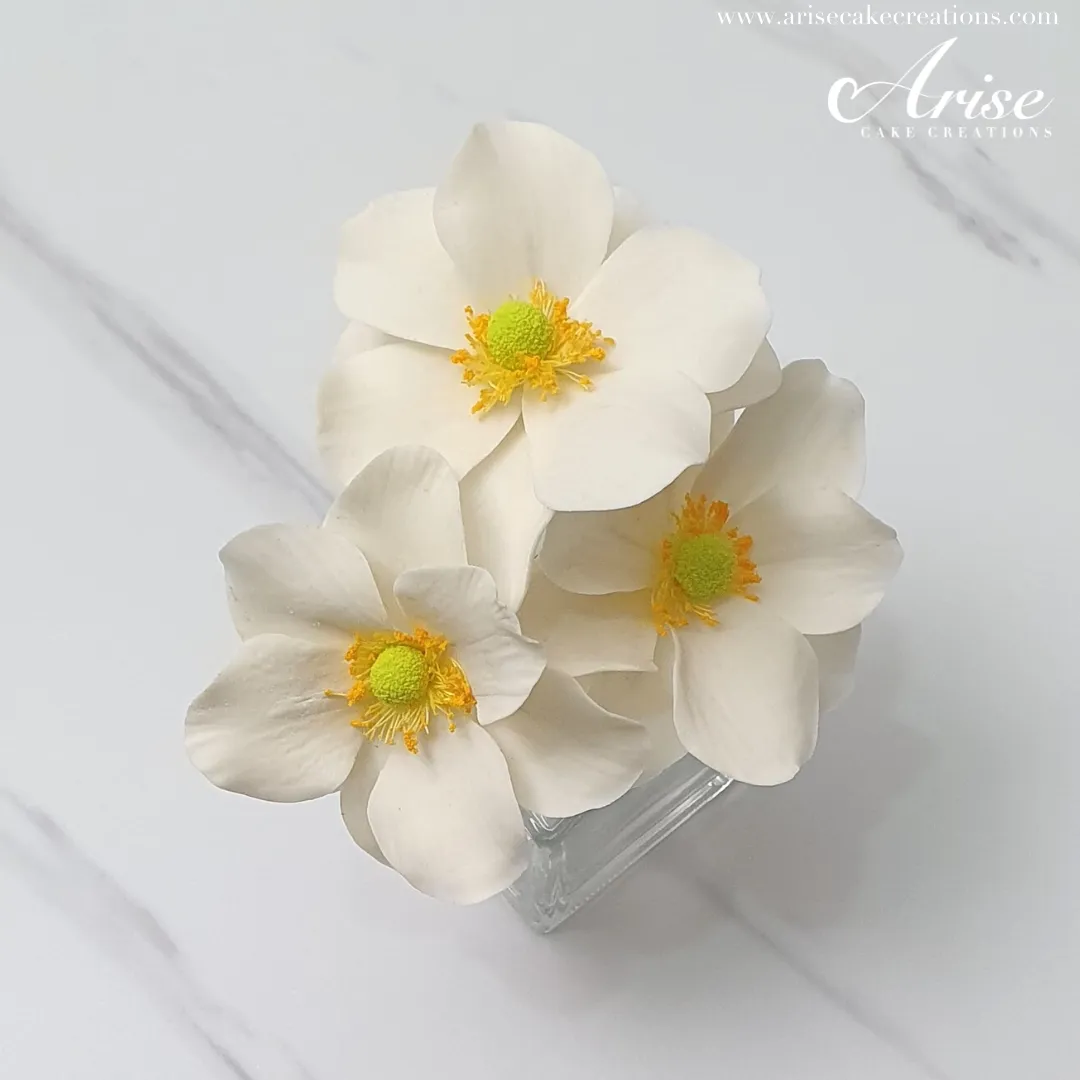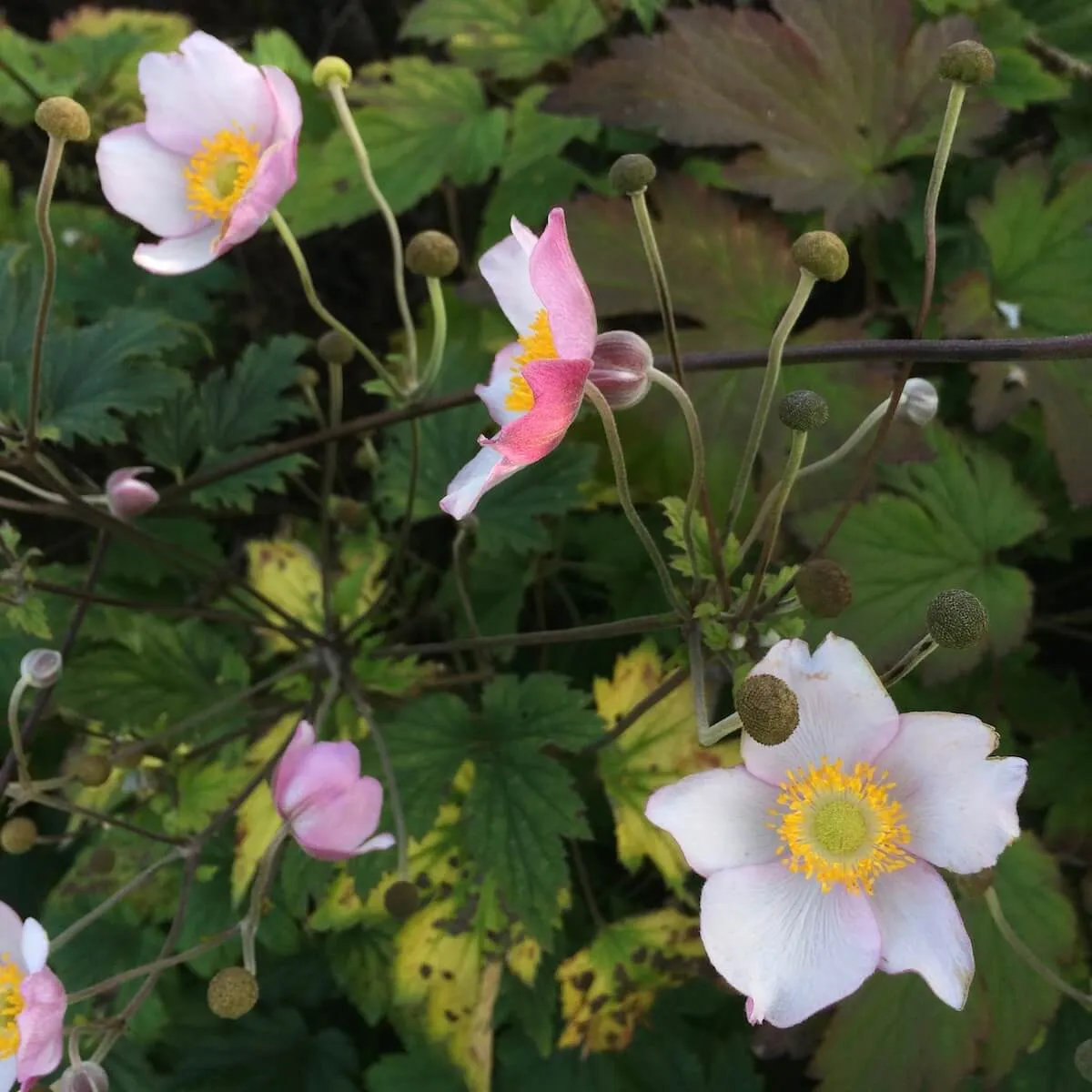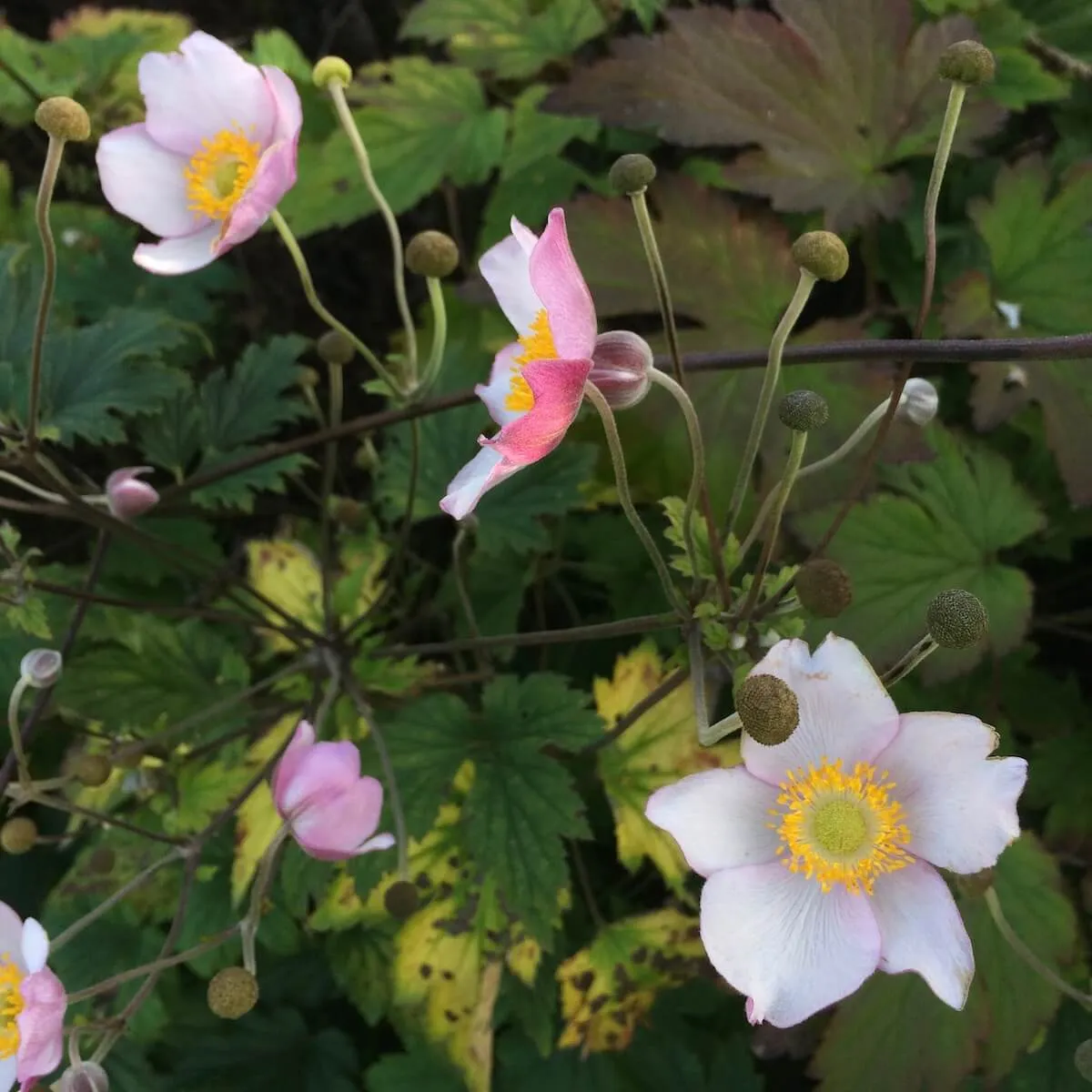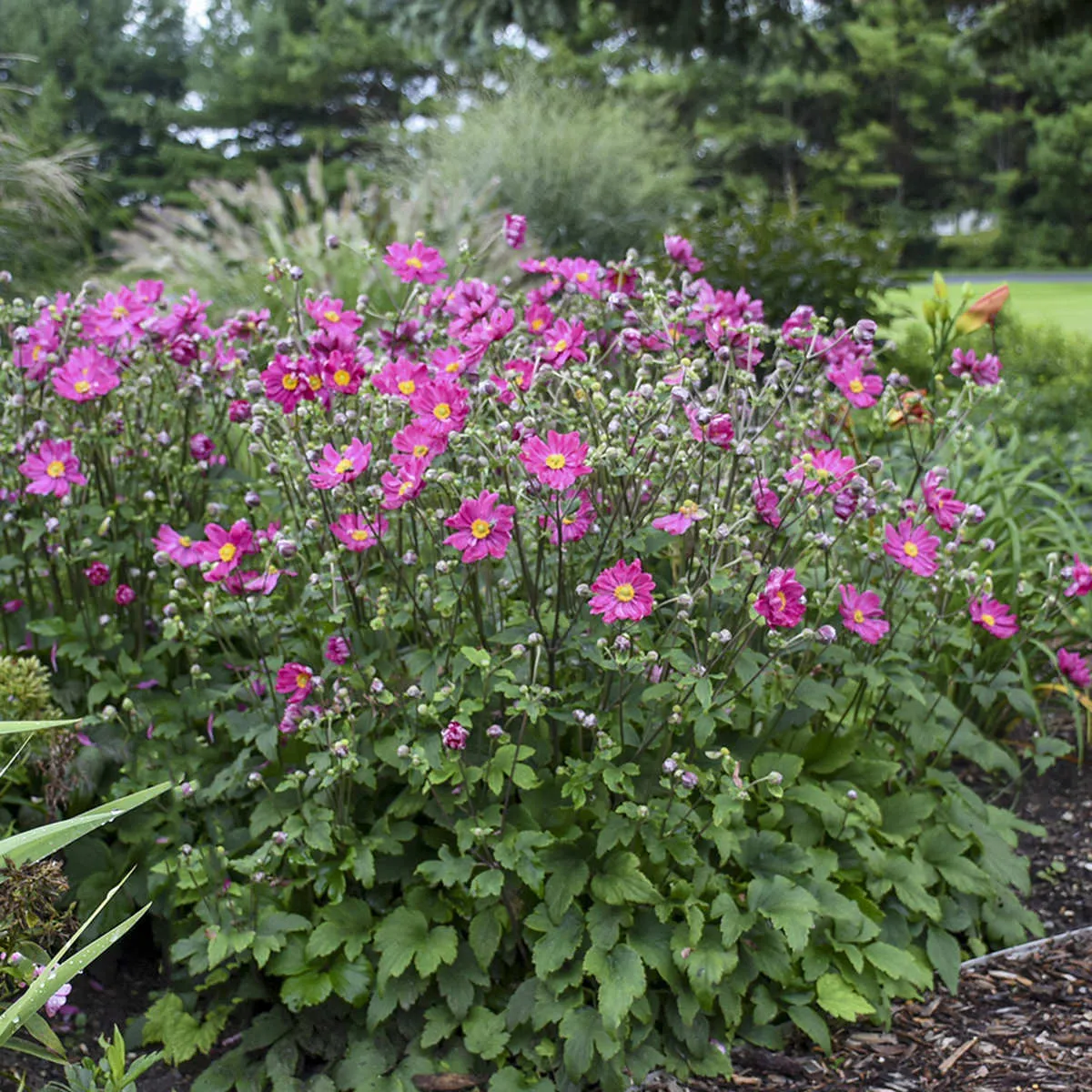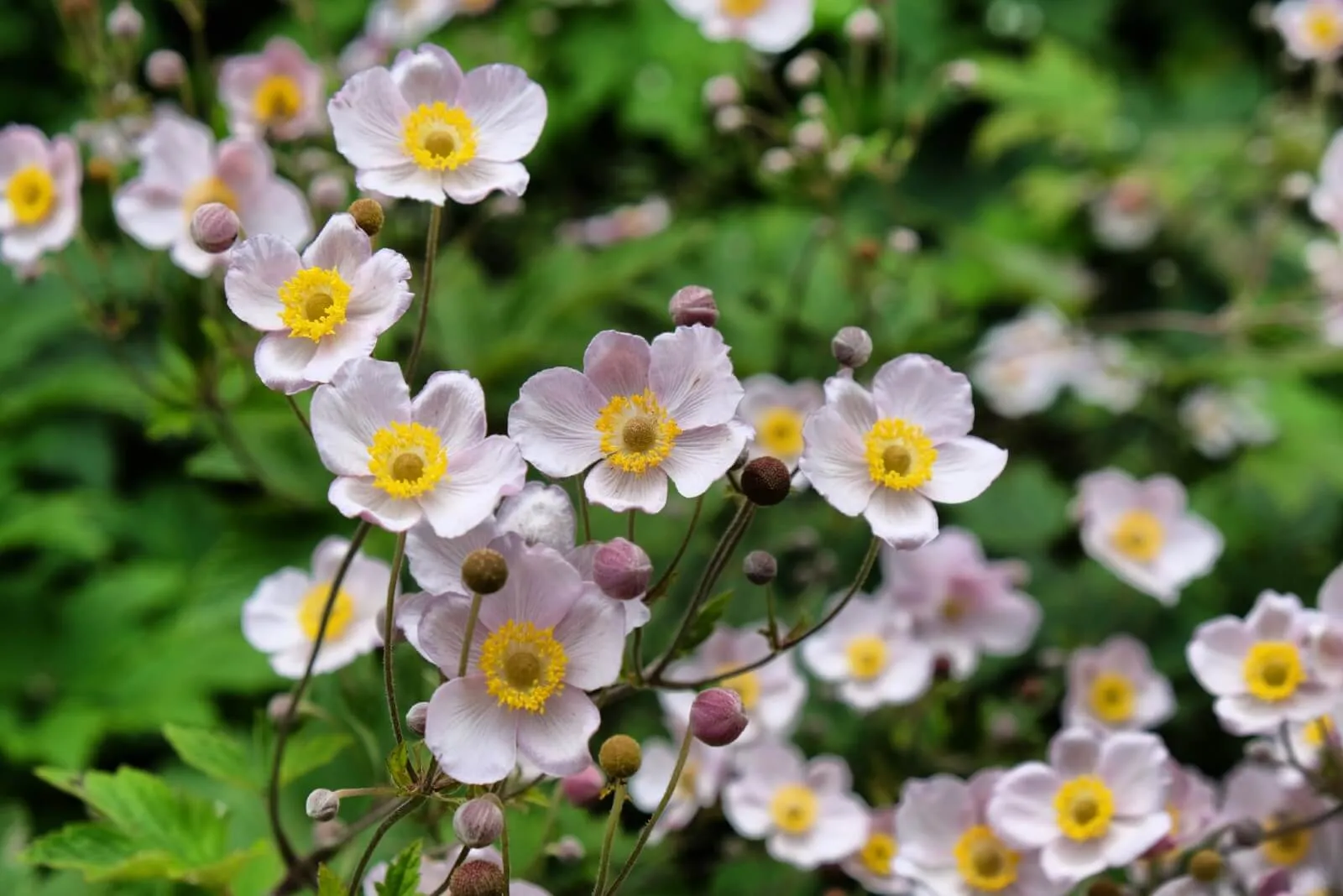Japanese Anemone: The Graceful and Delicate Flower
Flowers are one of the most beautiful creations of nature that have the power to bring a smile to anyone's face. They are not just a source of beauty but also have several meanings attached to them. One such flower is the Japanese Anemone, which is known for its delicate beauty and gracefulness. In this article, we will explore everything you need to know about the Japanese Anemone, from its history and symbolism to its care and cultivation.
History and Symbolism of Japanese Anemone
Japanese Anemone, also known as Anemone hupehensis, is a flowering plant that is native to China, Japan, and Korea. It belongs to the Ranunculaceae family and is known for its delicate, pink or white flowers that bloom in late summer and early fall. The Japanese Anemone was introduced to the western world in the 19th century and quickly gained popularity due to its elegant appearance. It is now widely cultivated in gardens and parks around the world. The Japanese Anemone has several meanings attached to it, depending on the culture and region. In Japan, it is considered a symbol of luck and protection, while in China, it is associated with death and mourning. In the western world, it is often associated with anticipation and excitement for the future.
Characteristics of Japanese Anemone
The Japanese Anemone is a perennial plant that grows up to 1.2 meters in height. It has dark green, lobed leaves that are 5-10 cm long and 3-8 cm wide. The flowers of the Japanese Anemone are single or double, and are typically 4-8 cm in diameter. They bloom in shades of pink, white, and sometimes red. Japanese Anemones are known for their ability to attract butterflies and bees, making them a popular choice for gardeners who want to attract pollinators. They are also deer-resistant, making them a great option for gardens in areas with high deer populations.
Cultivation of Japanese Anemone
Japanese Anemones are relatively easy to grow and care for, making them a great choice for novice gardeners. They prefer well-drained soil that is rich in organic matter and can tolerate both full sun and partial shade. The best time to plant Japanese Anemones is in the spring or fall. They should be planted in a hole that is twice the size of the root ball and watered thoroughly after planting. Japanese Anemones should be watered regularly, especially during the hot summer months. They should also be fertilized in the spring and fall with a balanced fertilizer.
Common Varieties of Japanese Anemone
There are several different varieties of Japanese Anemone, each with its own unique characteristics. Some of the most common varieties include:
Anemone hupehensis 'Hadspen Abundance'
This variety has double, rose-pink flowers that bloom in late summer and early fall. It grows up to 1 meter in height and prefers partial shade.
Anemone hupehensis 'Praecox'
This variety has single, pale pink flowers that bloom in late summer and early fall. It grows up to 90 cm in height and prefers full sun.
Anemone hupehensis 'September Charm'
This variety has single, rose-pink flowers that bloom in late summer and early fall. It grows up to 1.2 meters in height and prefers partial shade.
Uses of Japanese Anemone
Japanese Anemones are primarily used as ornamental plants in gardens and parks. They are often planted in borders or as a backdrop to other flowering plants. They are also used in cut flower arrangements due to their delicate beauty and long vase life. In addition to their ornamental uses, Japanese Anemones have several medicinal properties. They have been used in traditional Chinese medicine to treat a variety of ailments, including respiratory infections, inflammation, and menstrual disorders.
Conclusion
Japanese Anemones are a beautiful and graceful flower that is beloved by gardeners around the world. They are easy to grow and care for, making them a great choice for novice gardeners. They also have several meanings and uses, from their ornamental uses in gardens and cut flower arrangements to their medicinal properties in traditional Chinese medicine. If you are looking for a delicate and elegant flower to add to your garden or cut flower arrangements, consider the Japanese Anemone. Its beauty and gracefulness are sure to bring a smile to anyone's face.
Frequently asked questions about Japanese Anemone wallpapers
Q: What is Japanese Anemone?
A: Japanese Anemone is a type of flowering plant that is native to Japan, China, and Korea. It is also known as Anemone hupehensis or windflower.
Q: What are the different file types available for download?
A: You can download Japanese Anemone pictures in three different file types: .jpg, .png, and .webp.
Q: Are the Japanese Anemone pictures available for free?
A: Yes, you can download Japanese Anemone pictures for free.
Q: How many images of Japanese Anemone are available on the website?
A: There are 53 images of Japanese Anemone available on the website.
Q: Can I choose the size of the Japanese Anemone pictures?
A: Yes, you can choose the size of the Japanese Anemone pictures. You can select different width and height dimensions.
Q: Is the website optimized for mobile devices?
A: Yes, the website is optimized for mobile devices. It automatically detects the visitor's mobile screen size and chooses the appropriate size for the visitor.
Q: What is the best size for downloading Japanese Anemone pictures?
A: The best size for downloading Japanese Anemone pictures depends on your personal preference and the intended use of the image. If you are using the image for a blog post or social media, a smaller size may be suitable. However, if you plan to use the image for printing or as a desktop background, a larger size may be necessary.
Q: Can I use Japanese Anemone pictures for commercial purposes?
A: The website allows you to download Japanese Anemone pictures for personal use only. If you wish to use the images for commercial purposes, you will need to contact the website owner for permission.
Q: Can I modify the Japanese Anemone pictures after downloading them?
A: Yes, you can modify the Japanese Anemone pictures after downloading them. However, you may not claim ownership of the original image or distribute the modified image without permission from the website owner.
Q: Can I share the Japanese Anemone pictures with others?
A: Yes, you can share the Japanese Anemone pictures with others as long as you credit the website as the source of the image.




